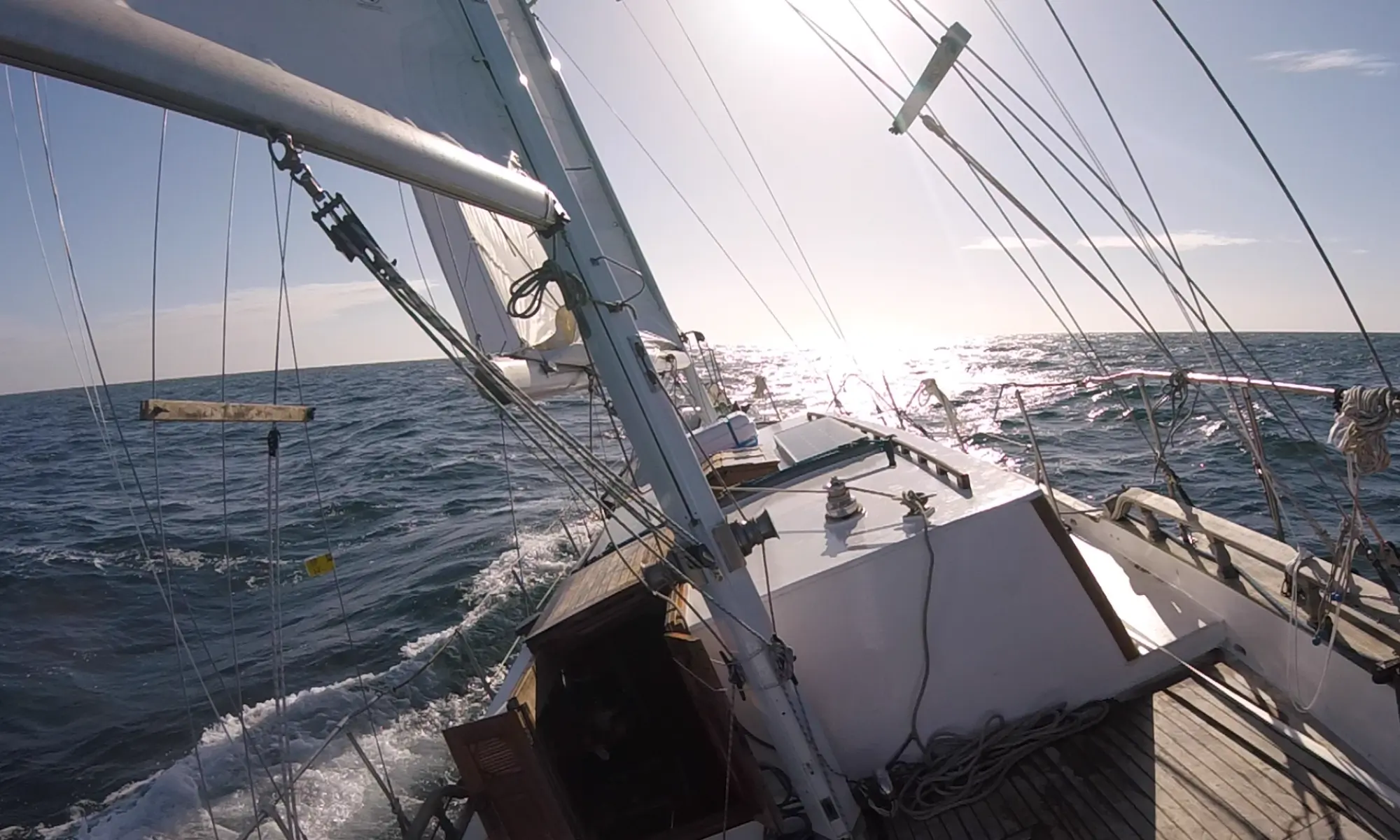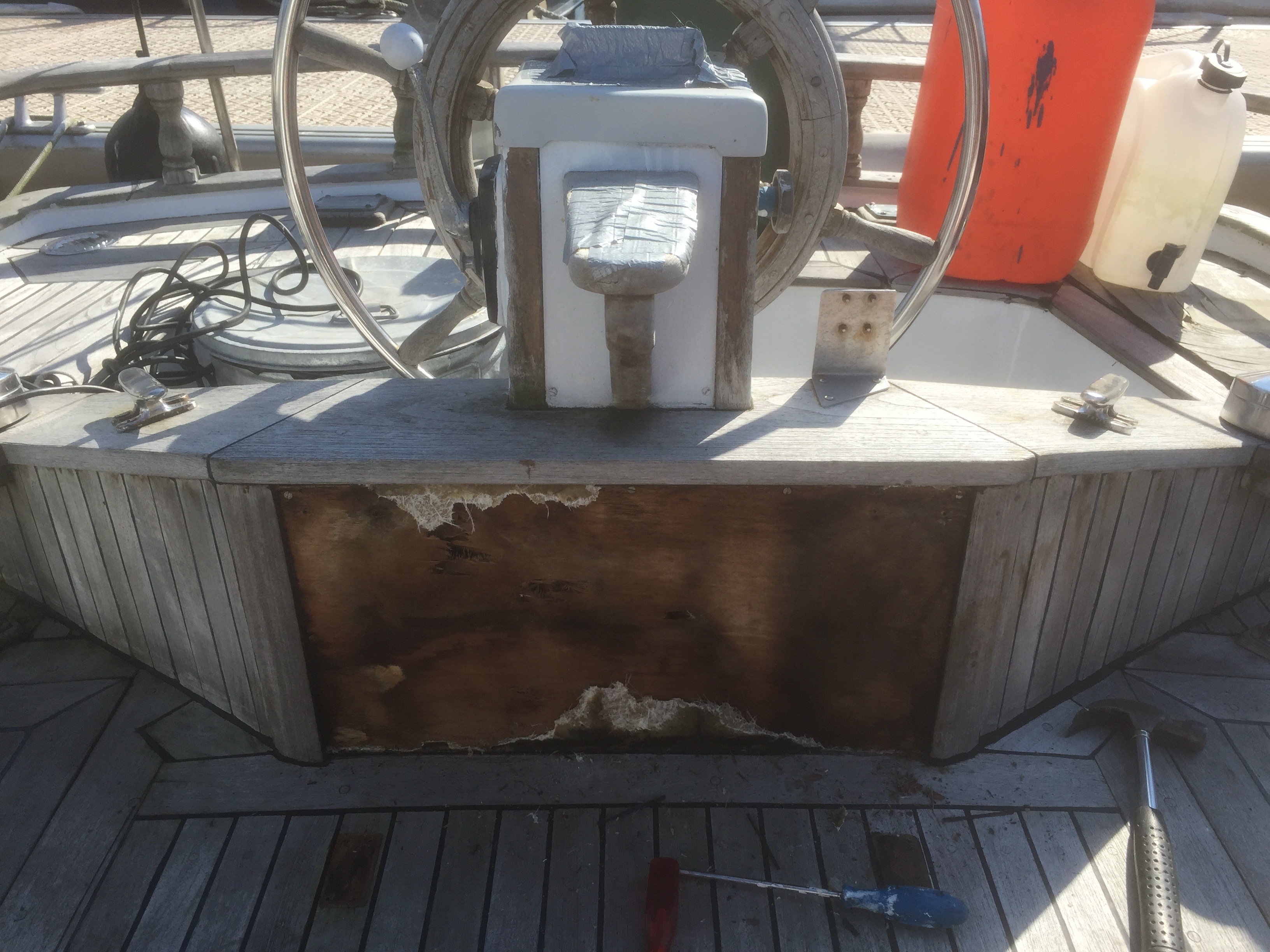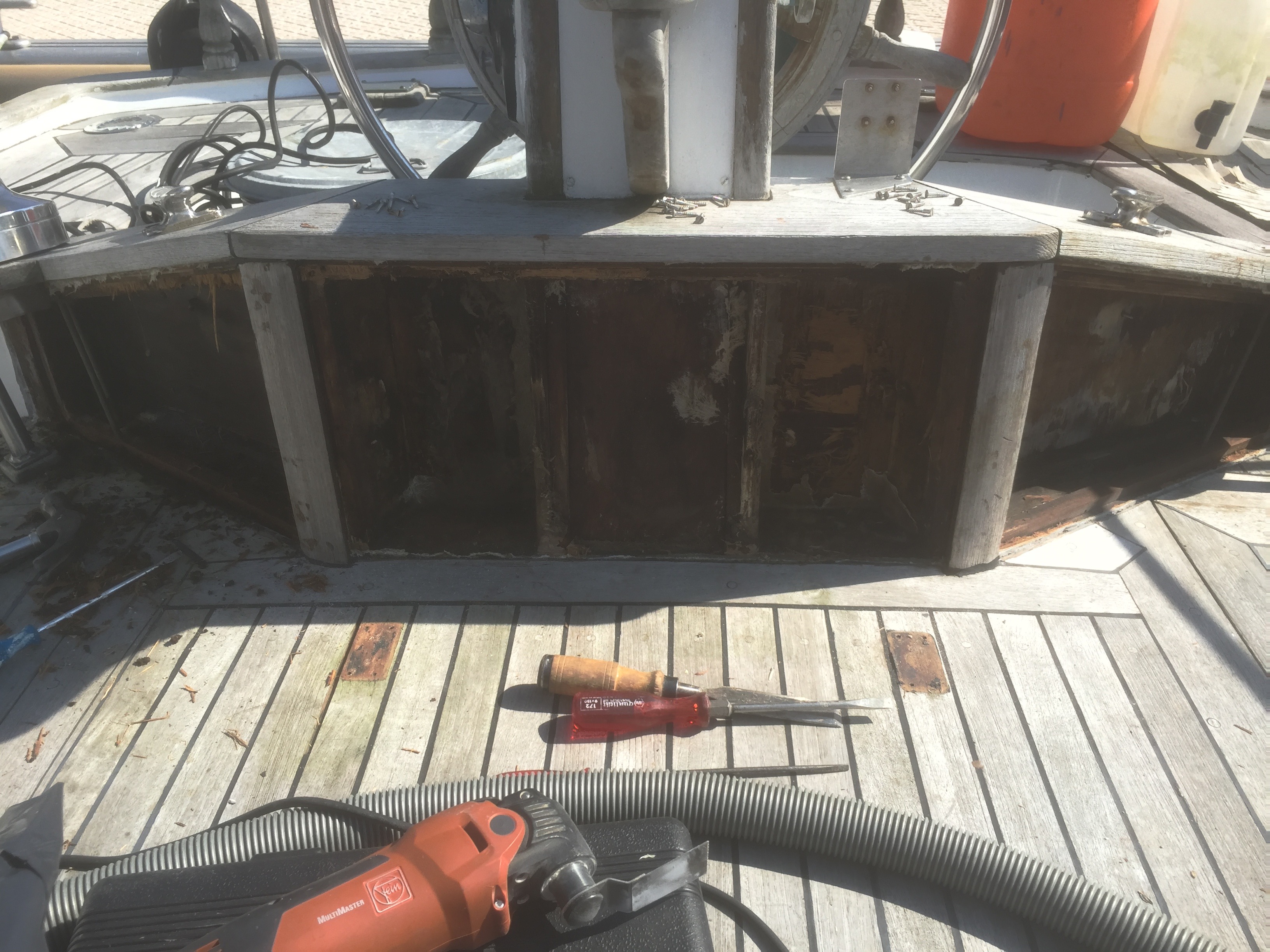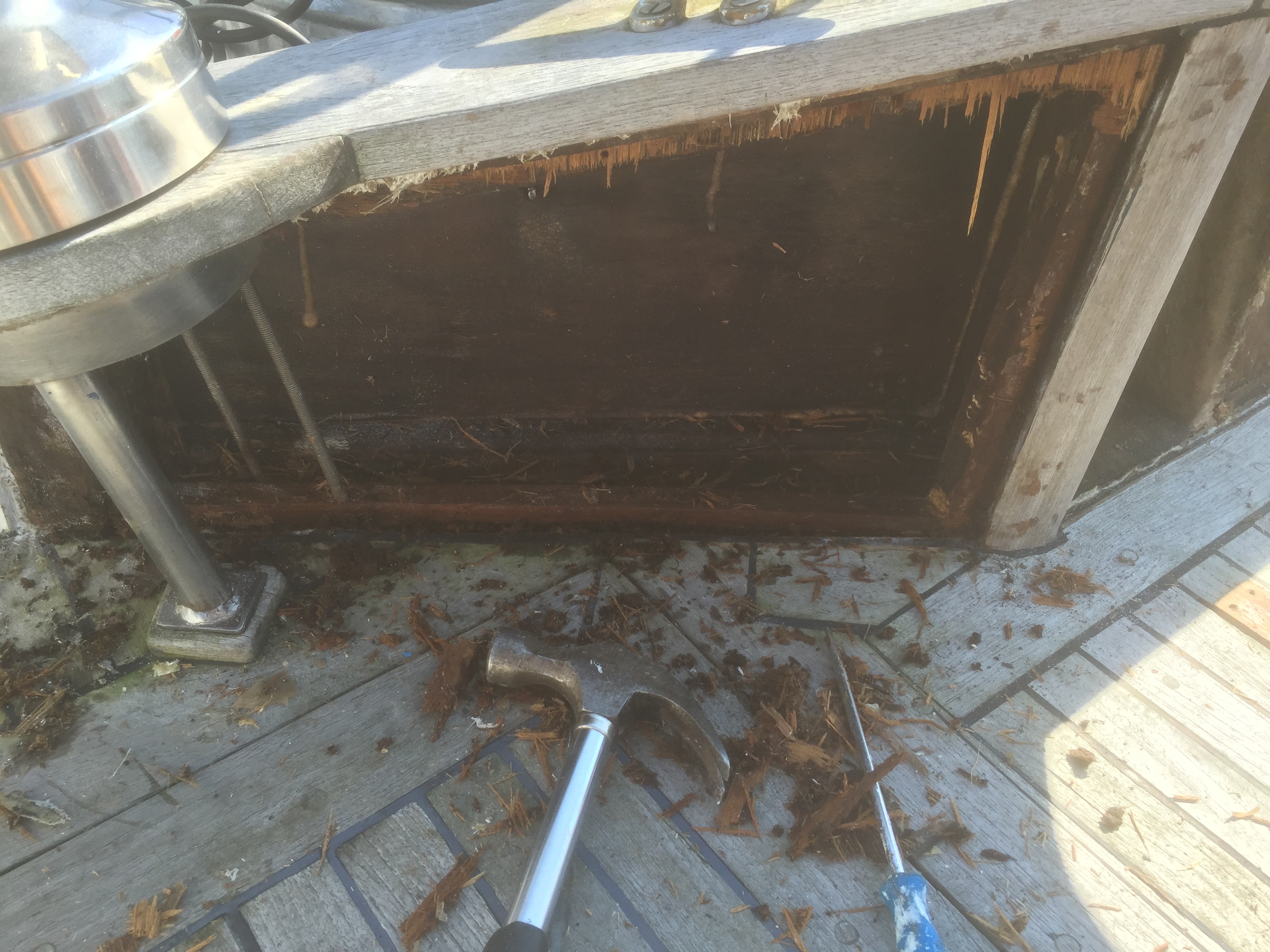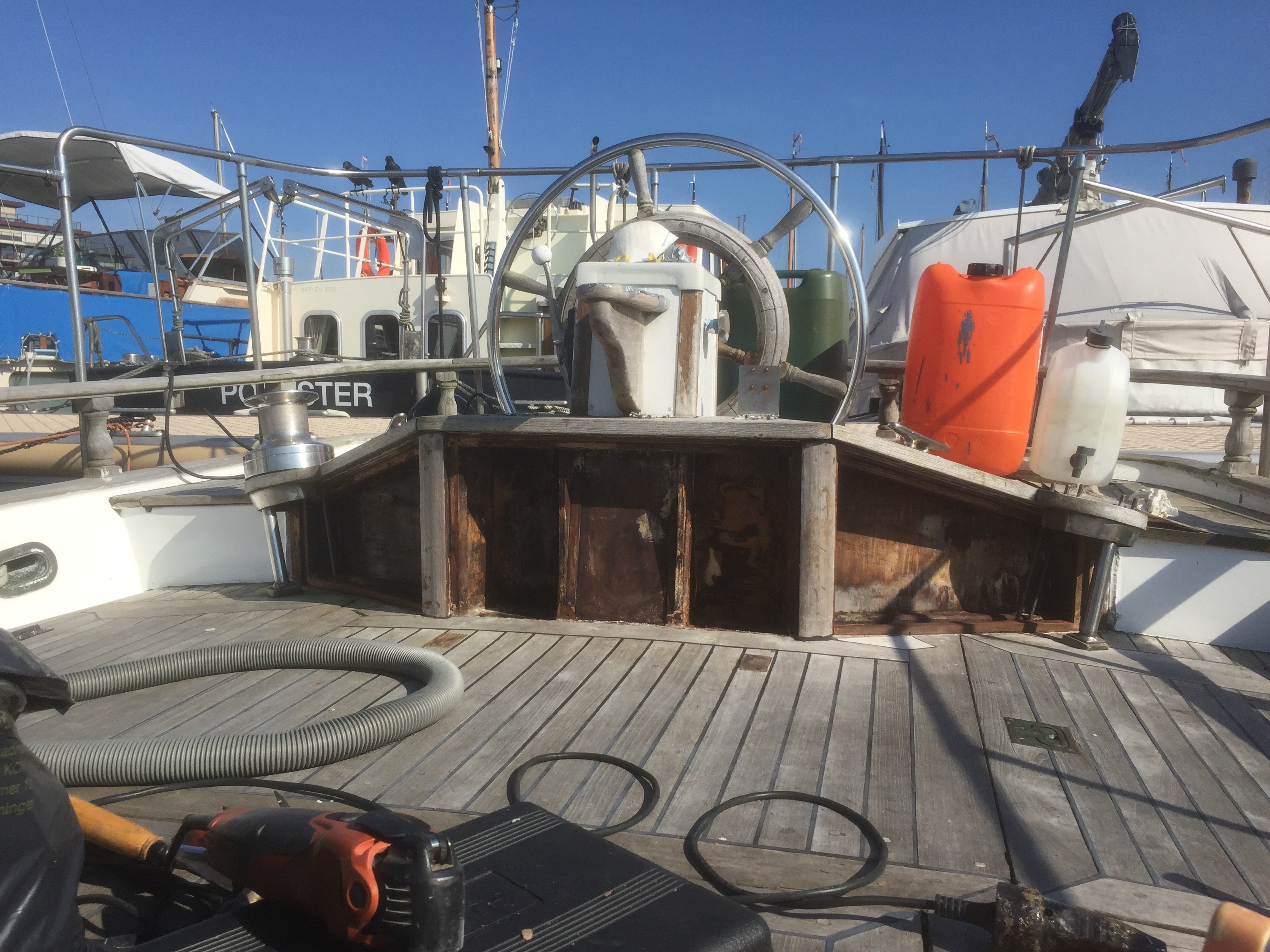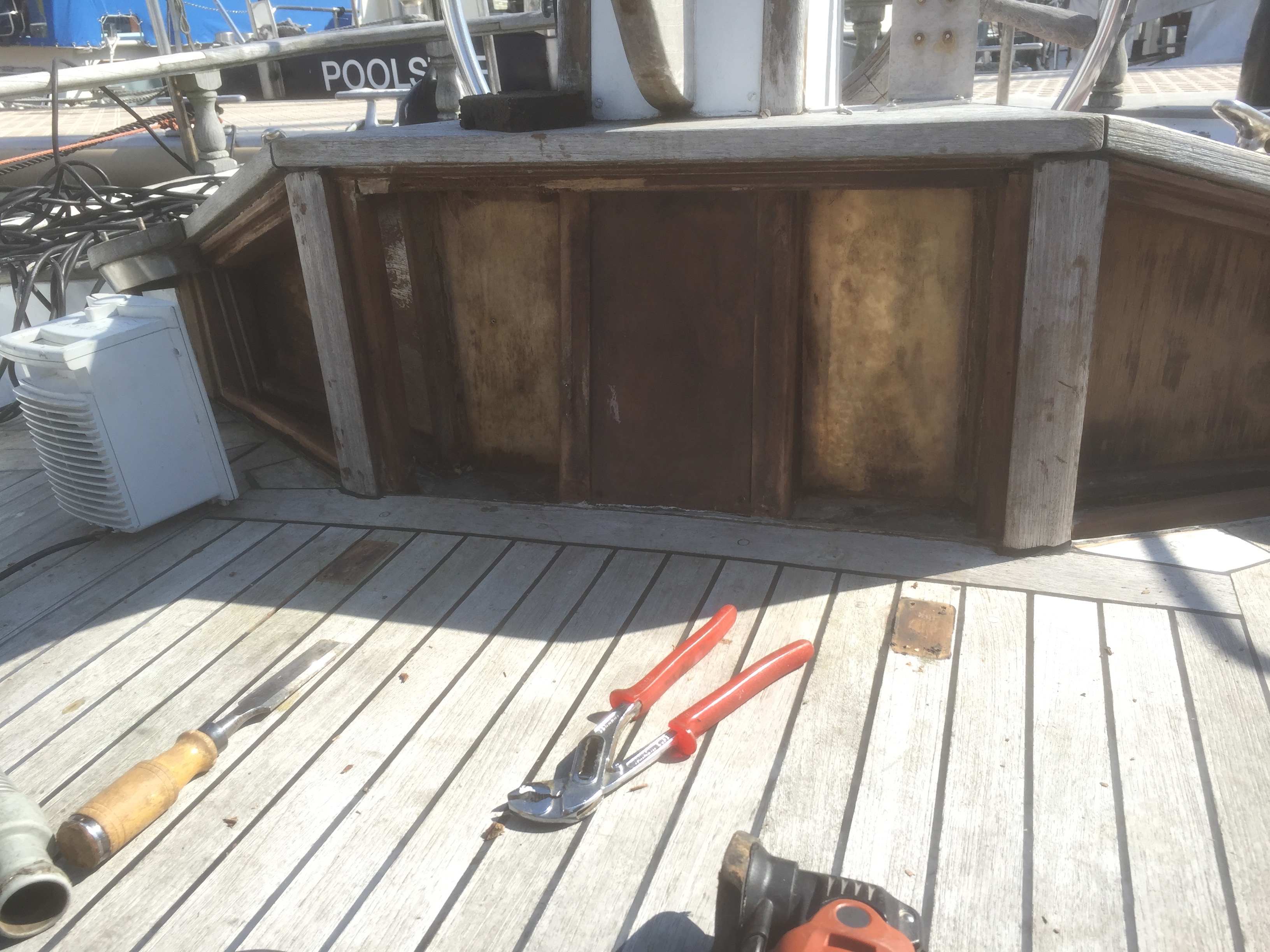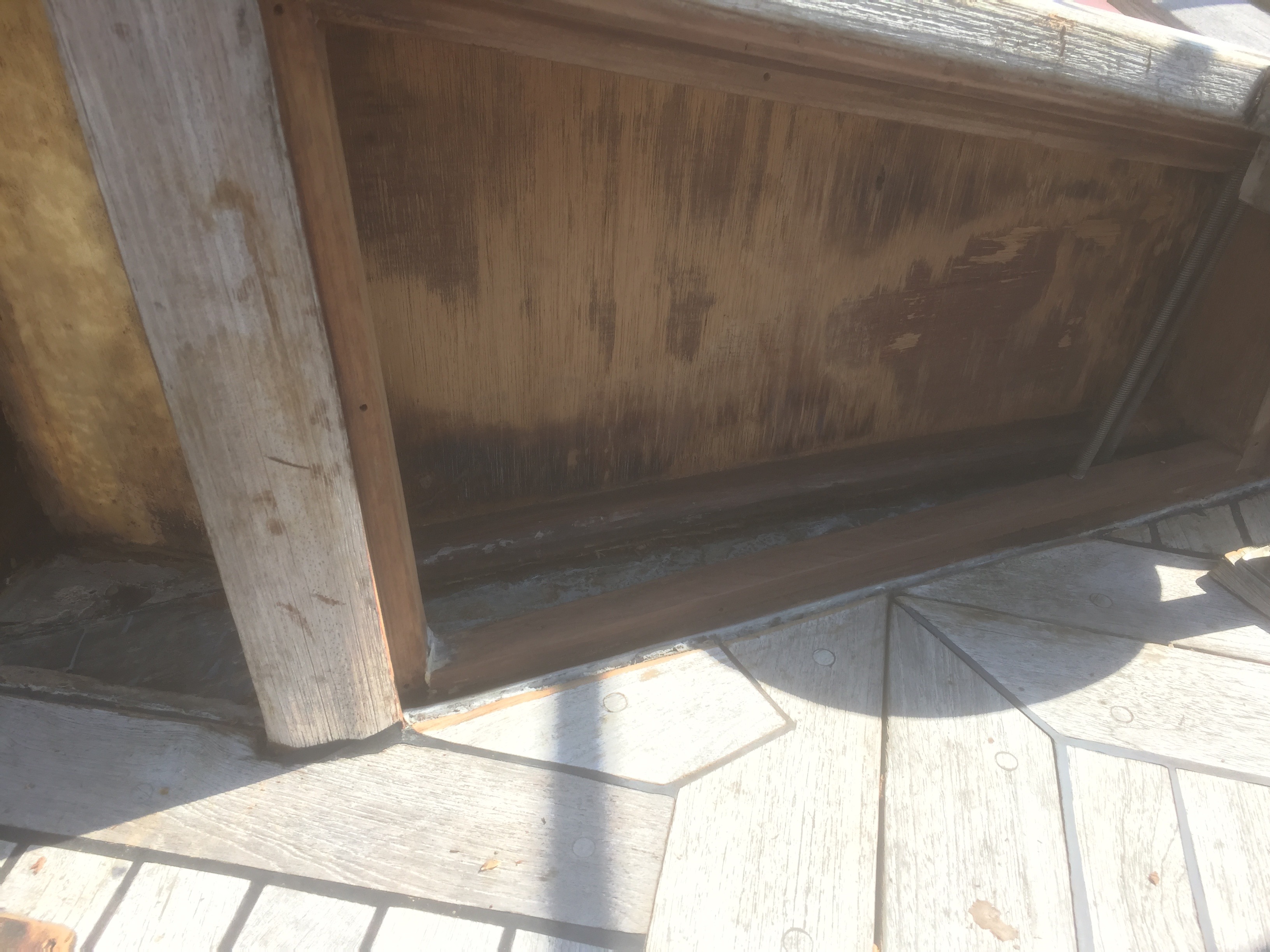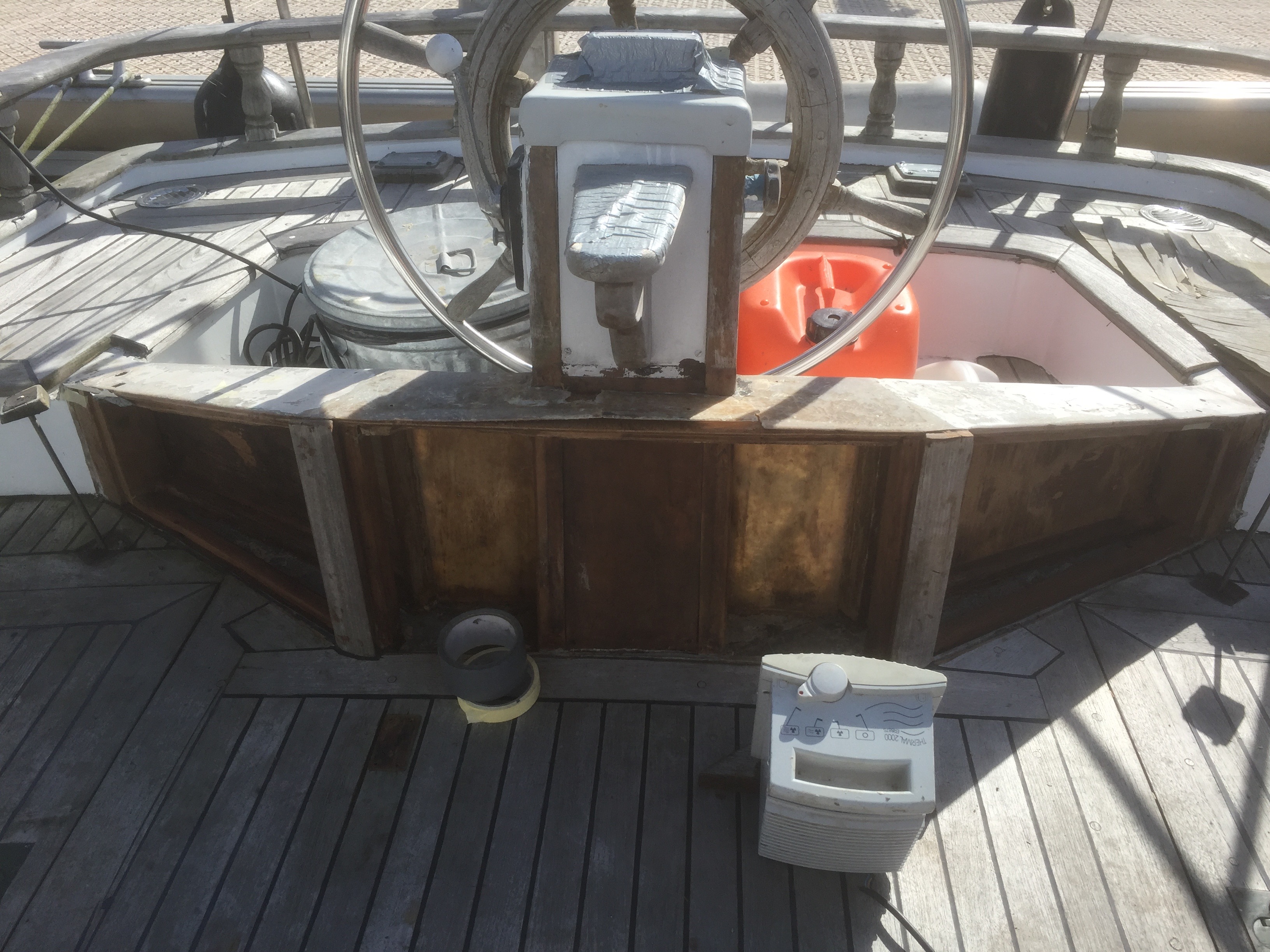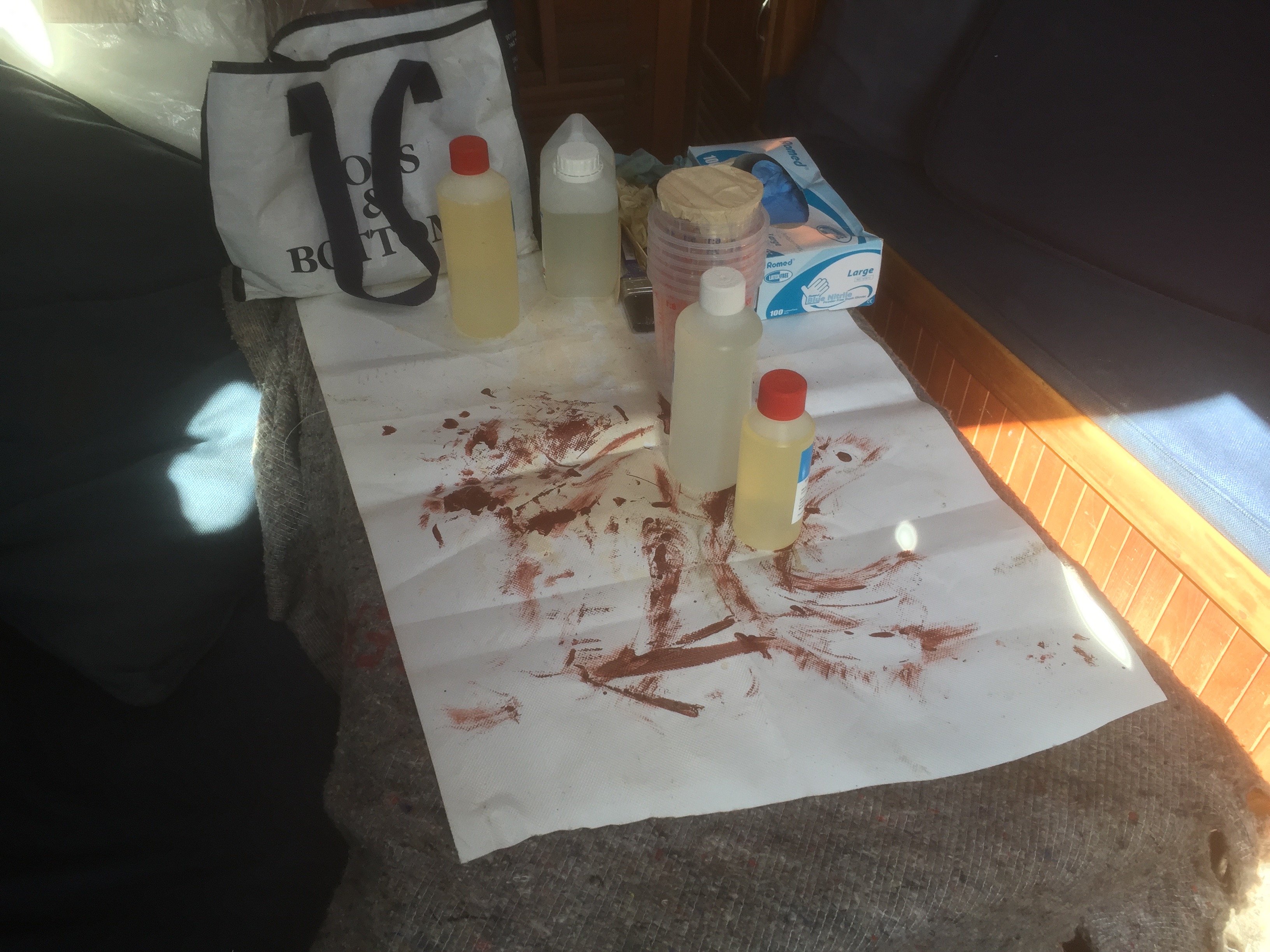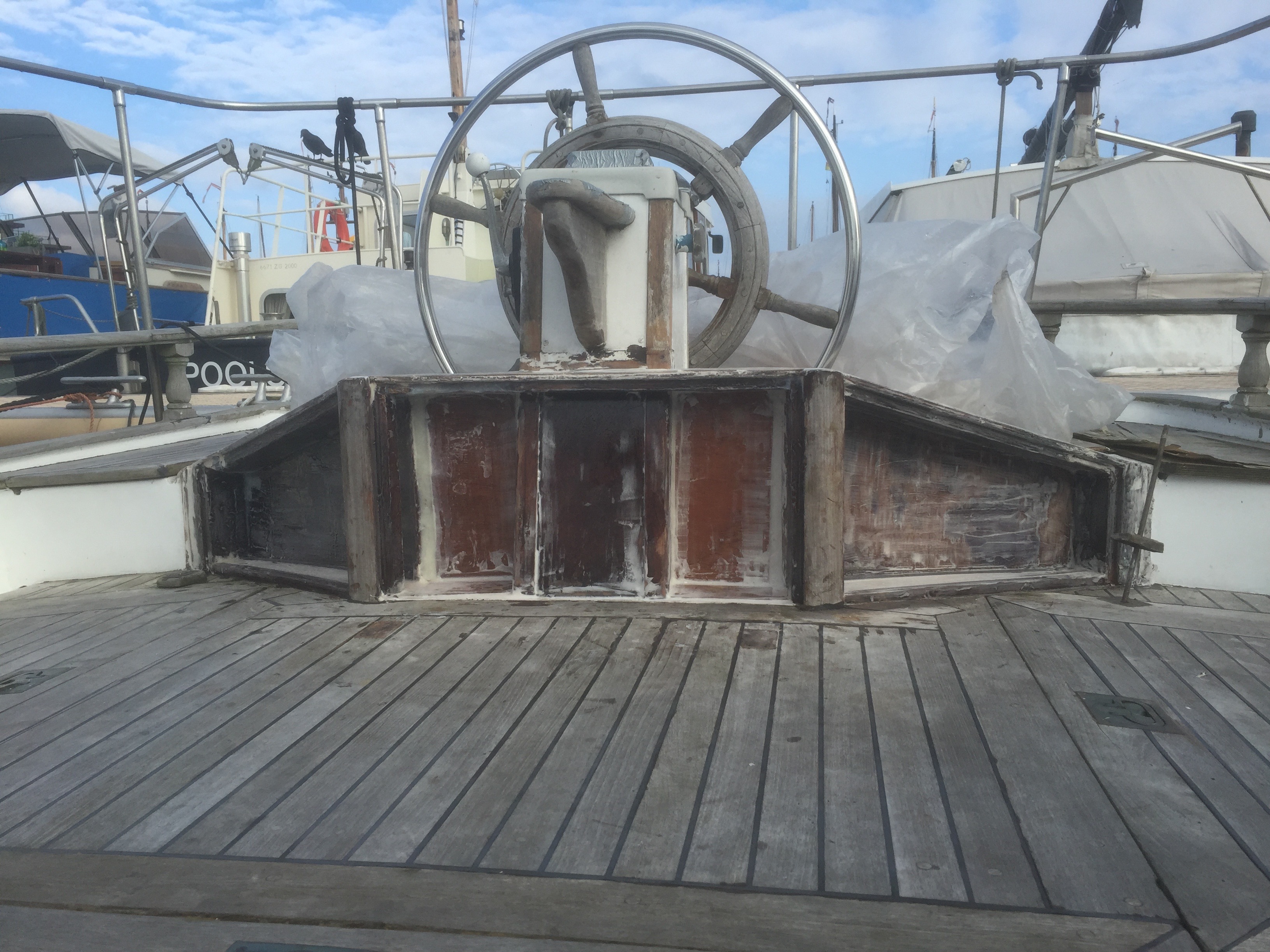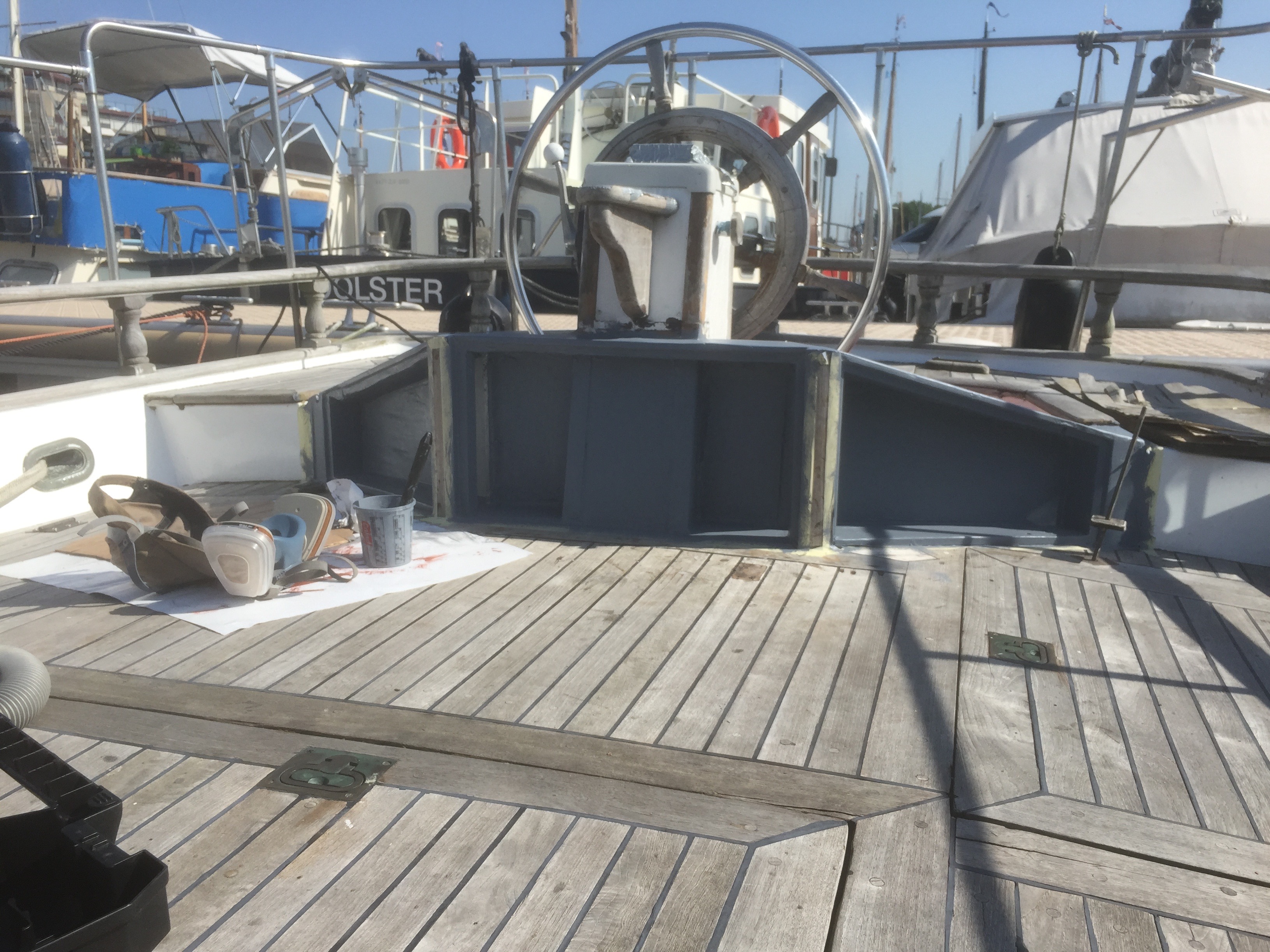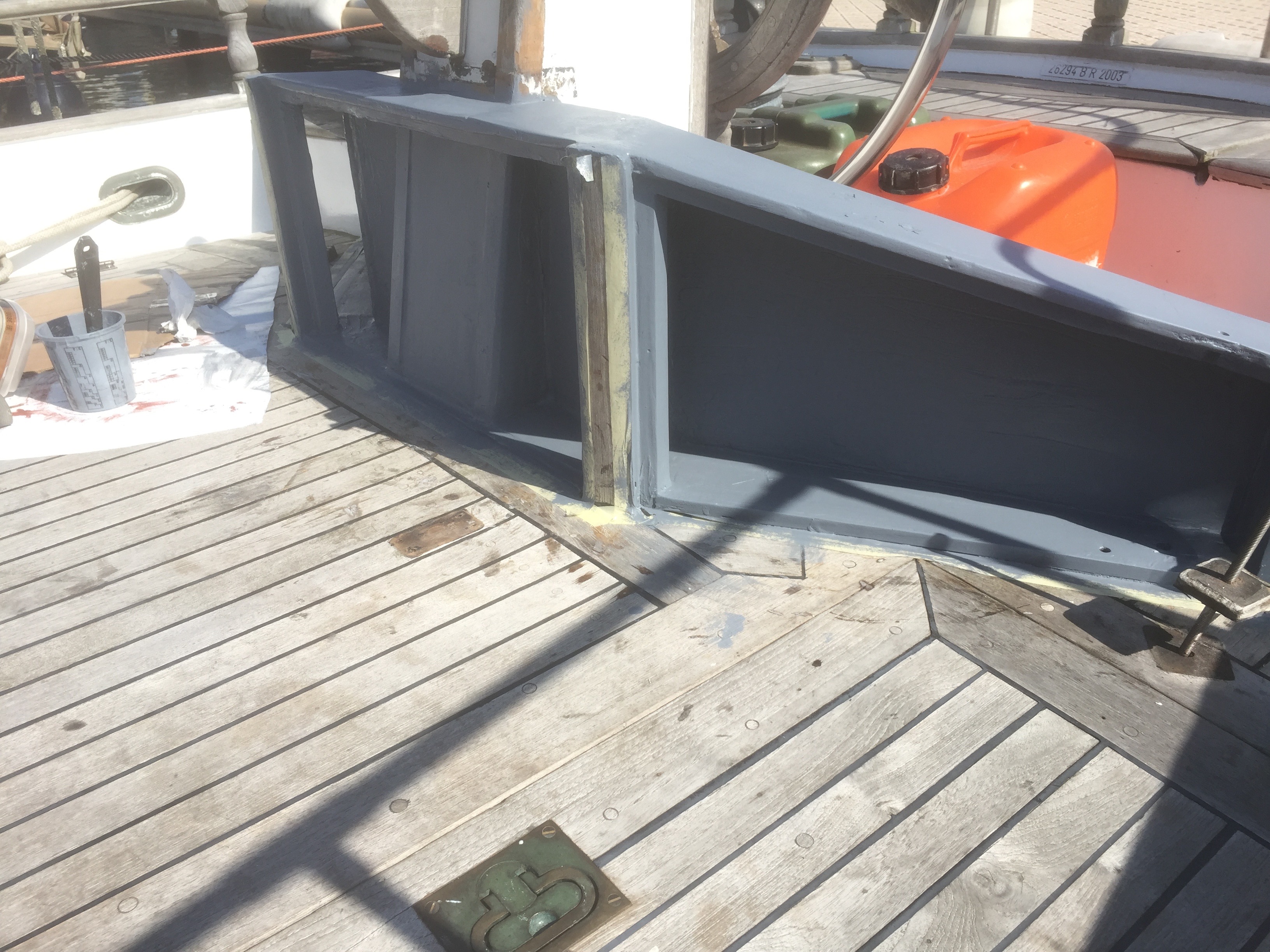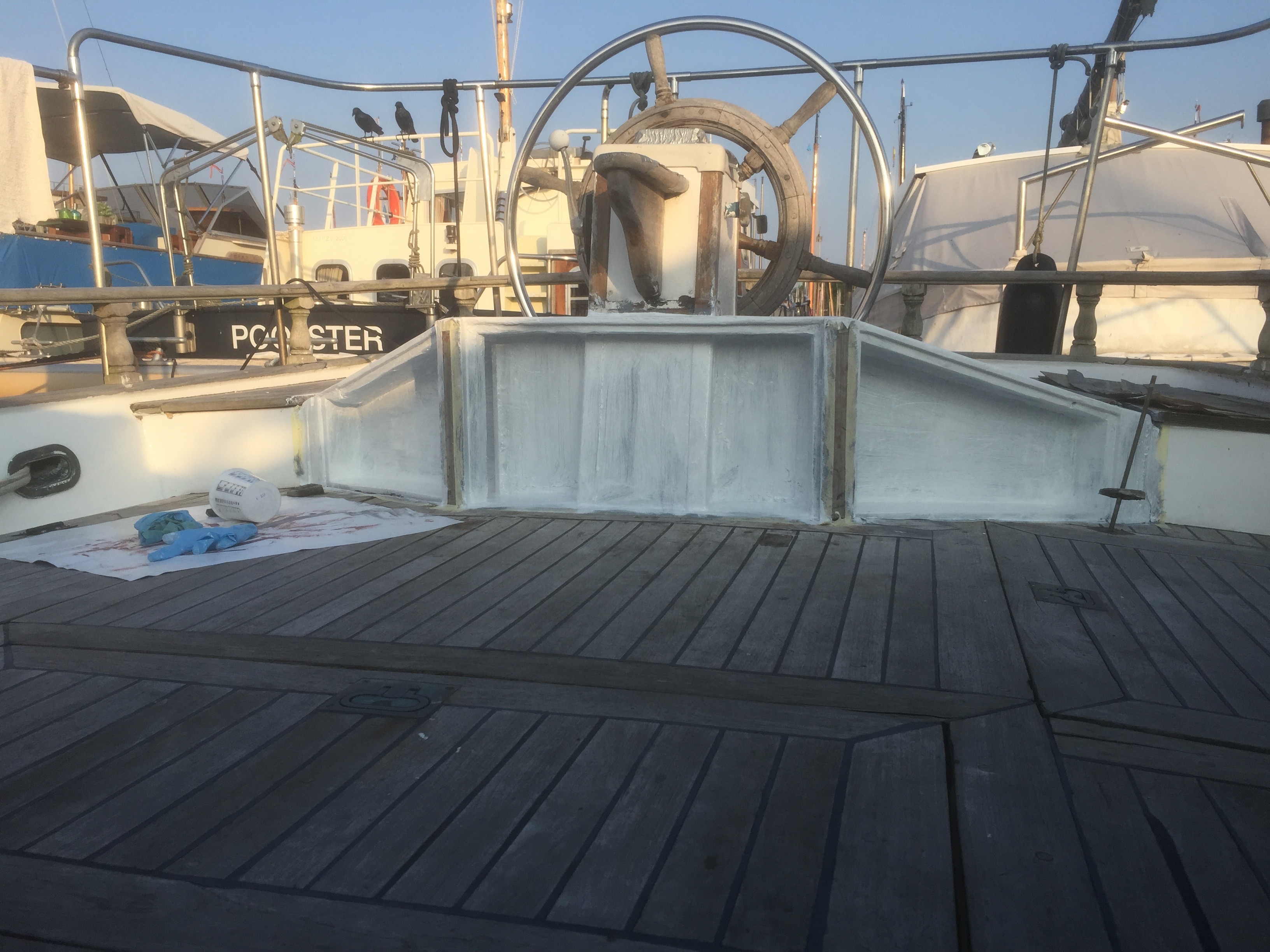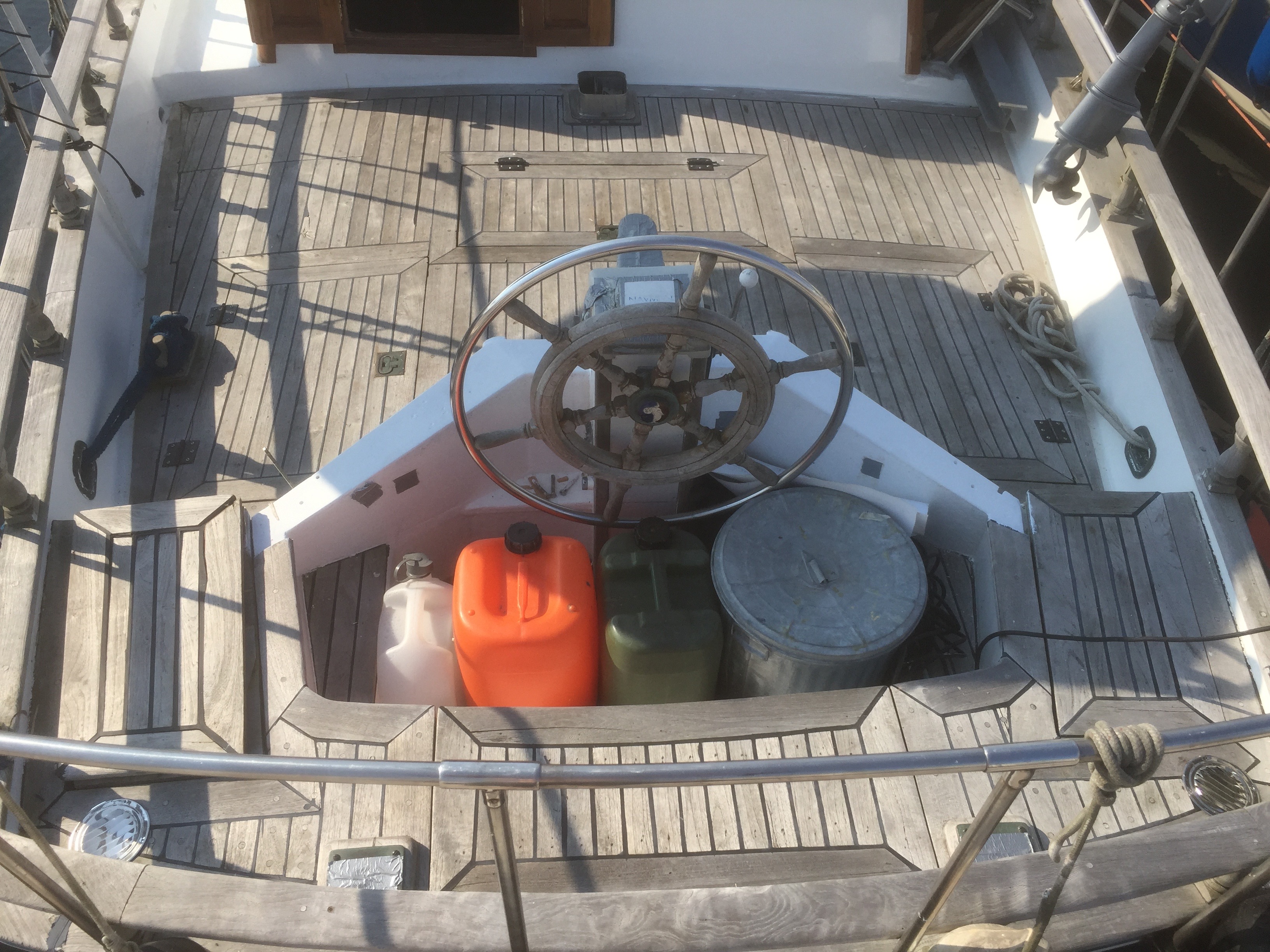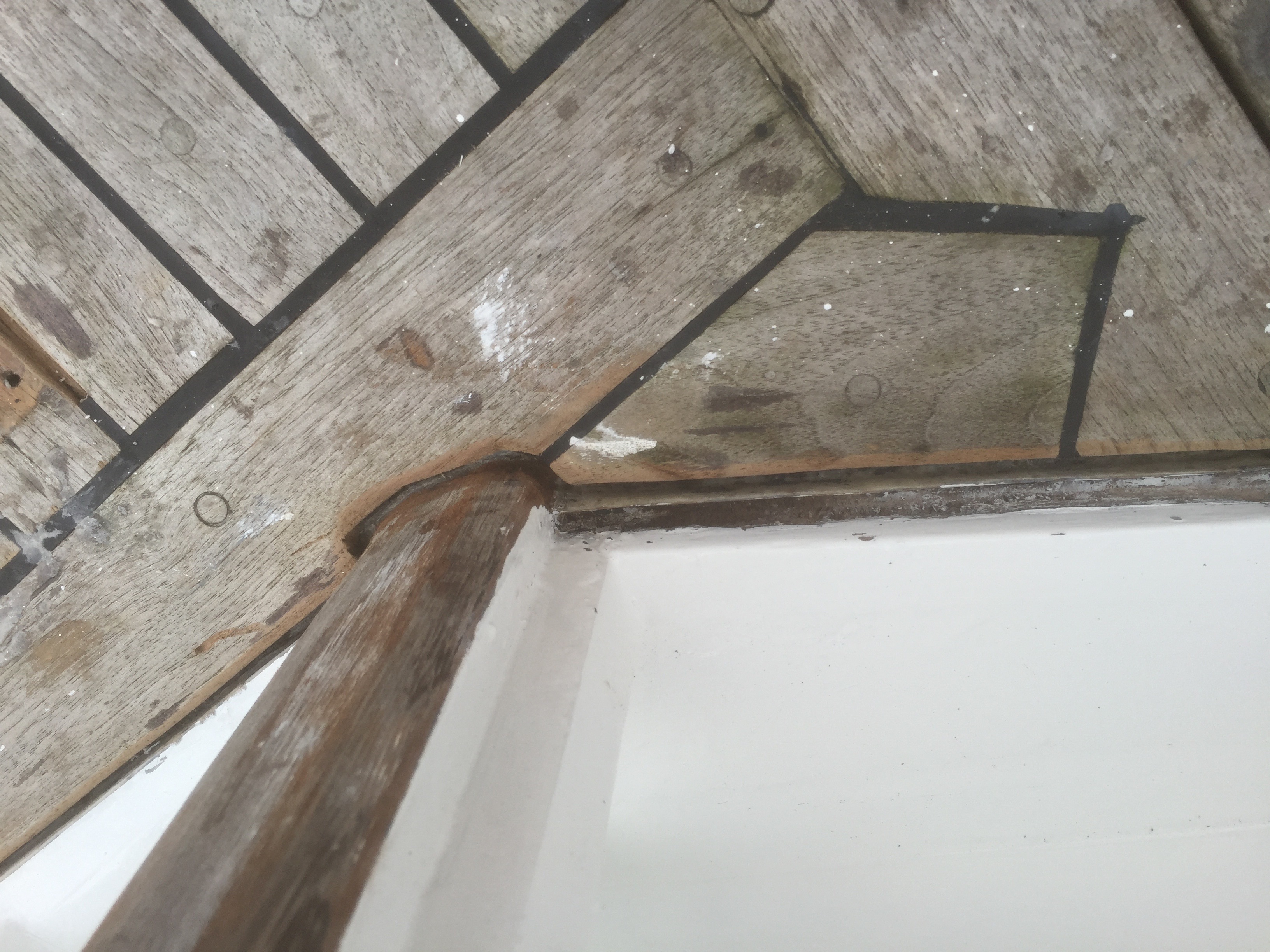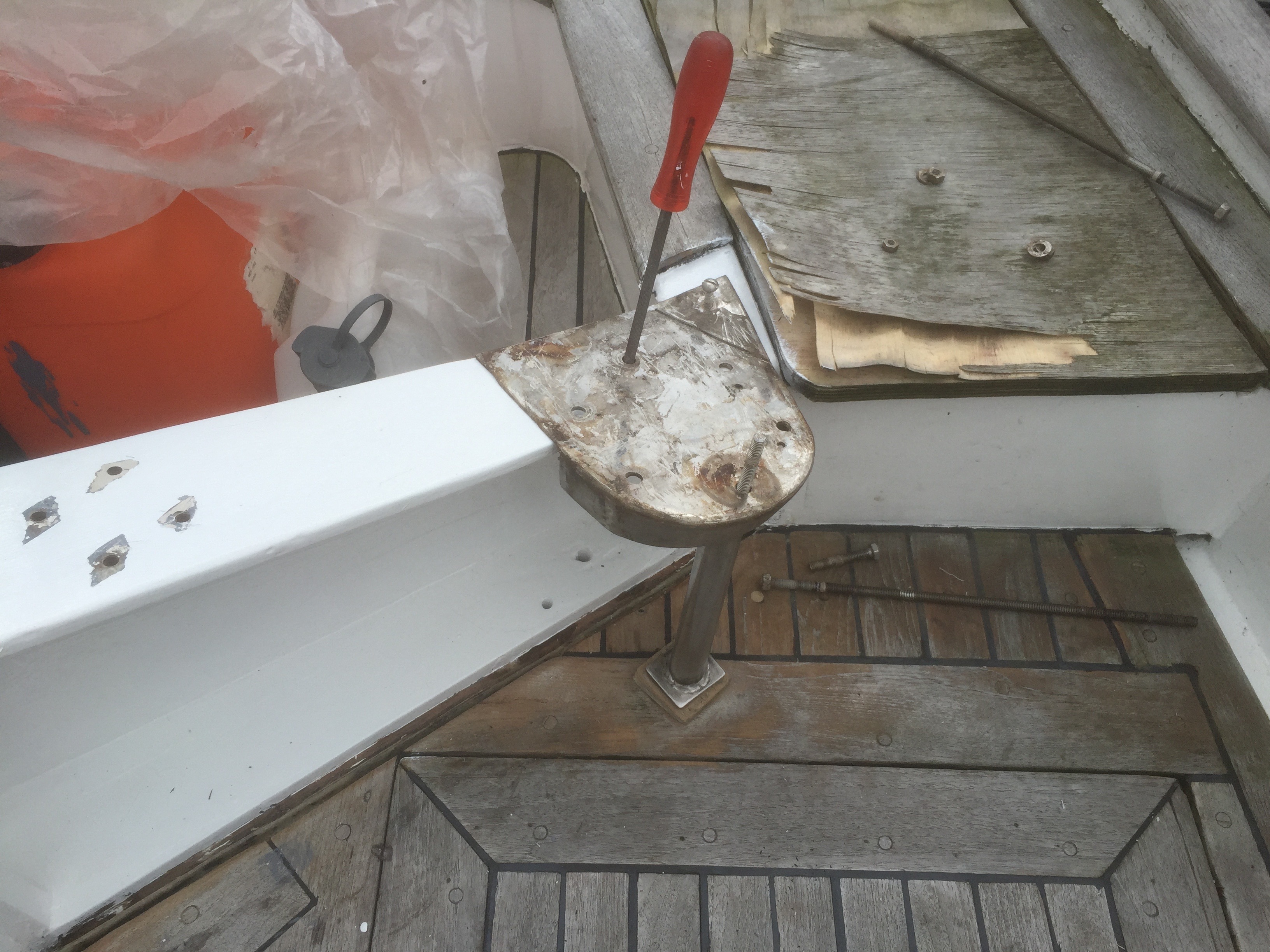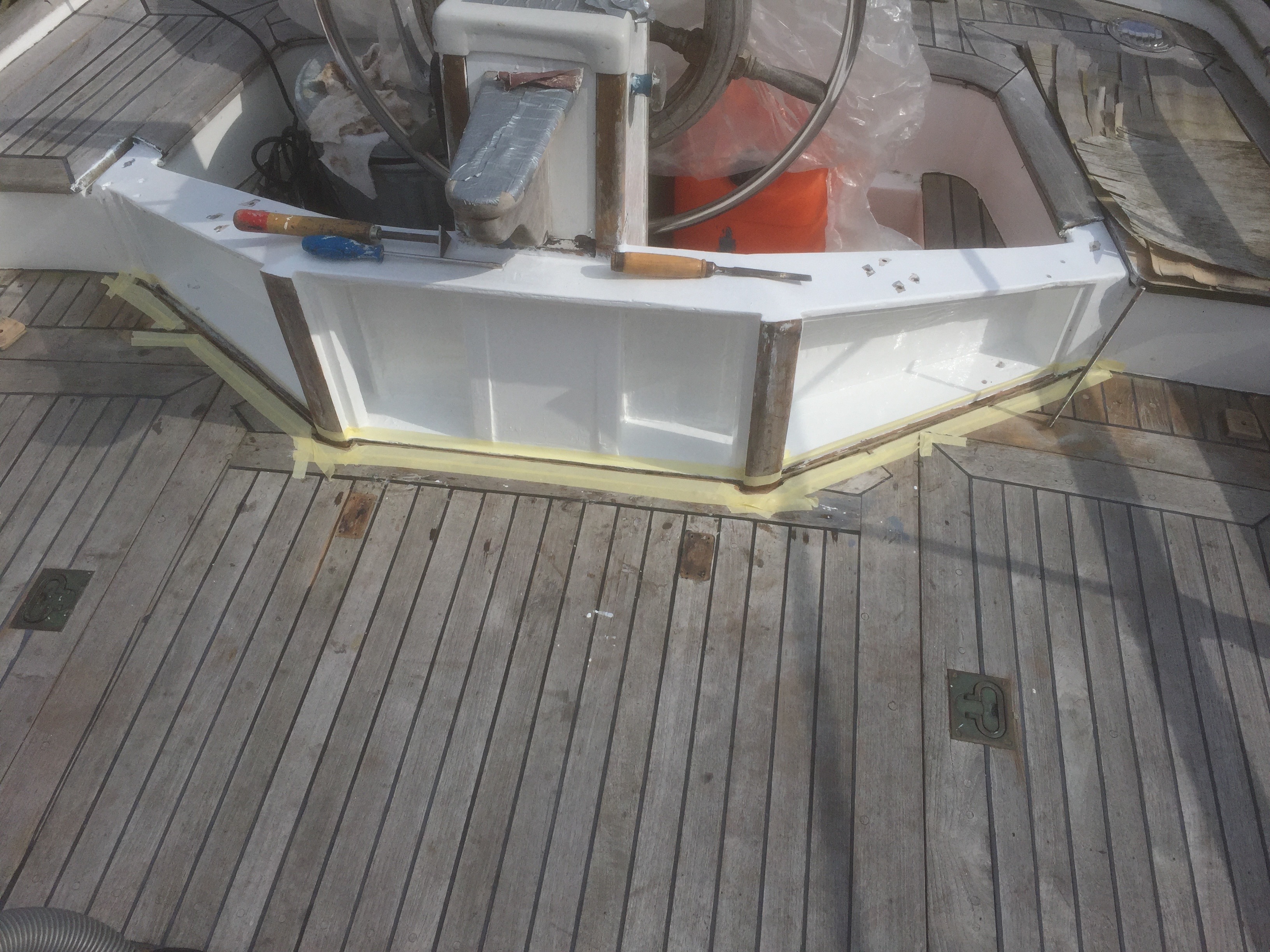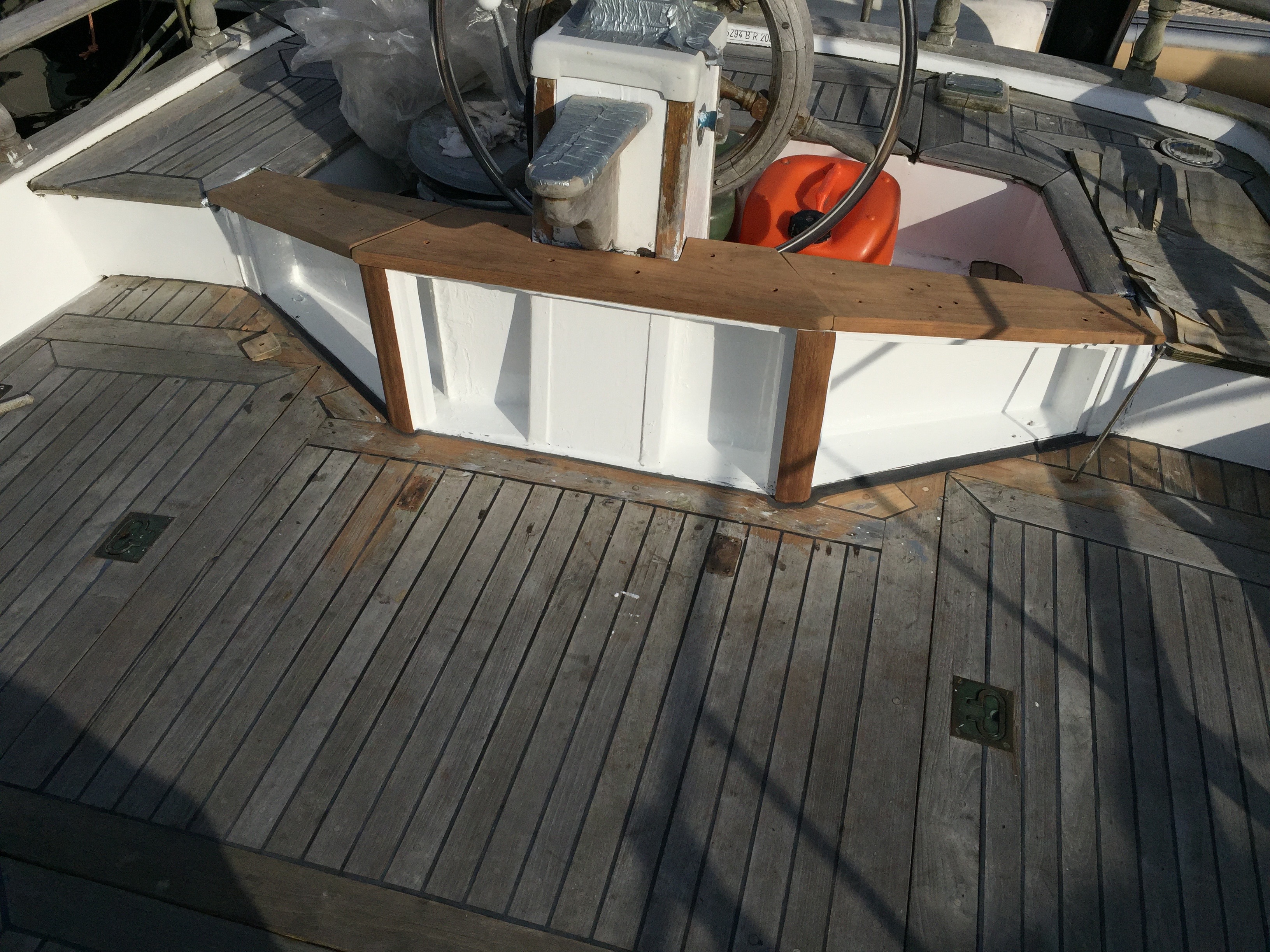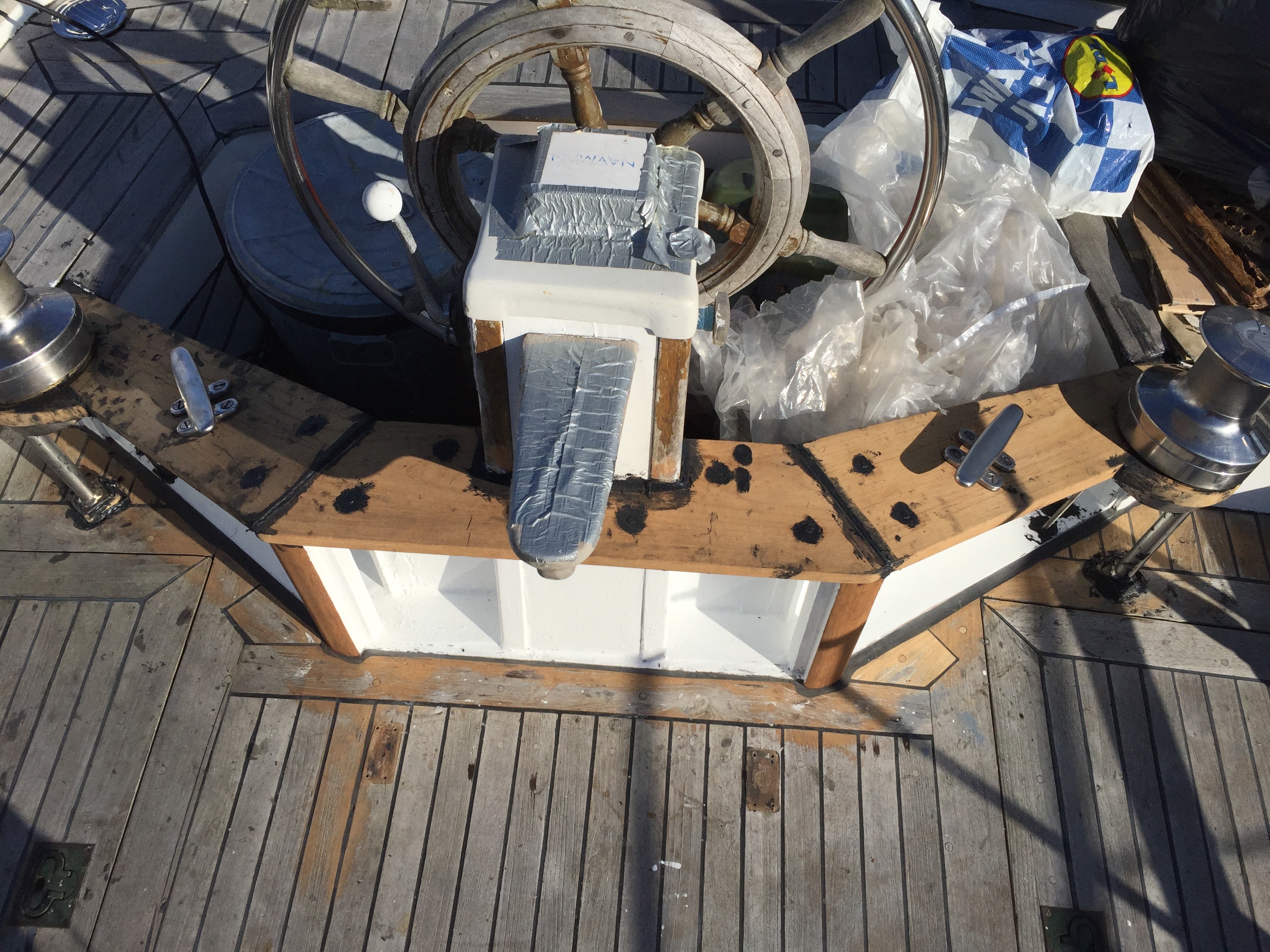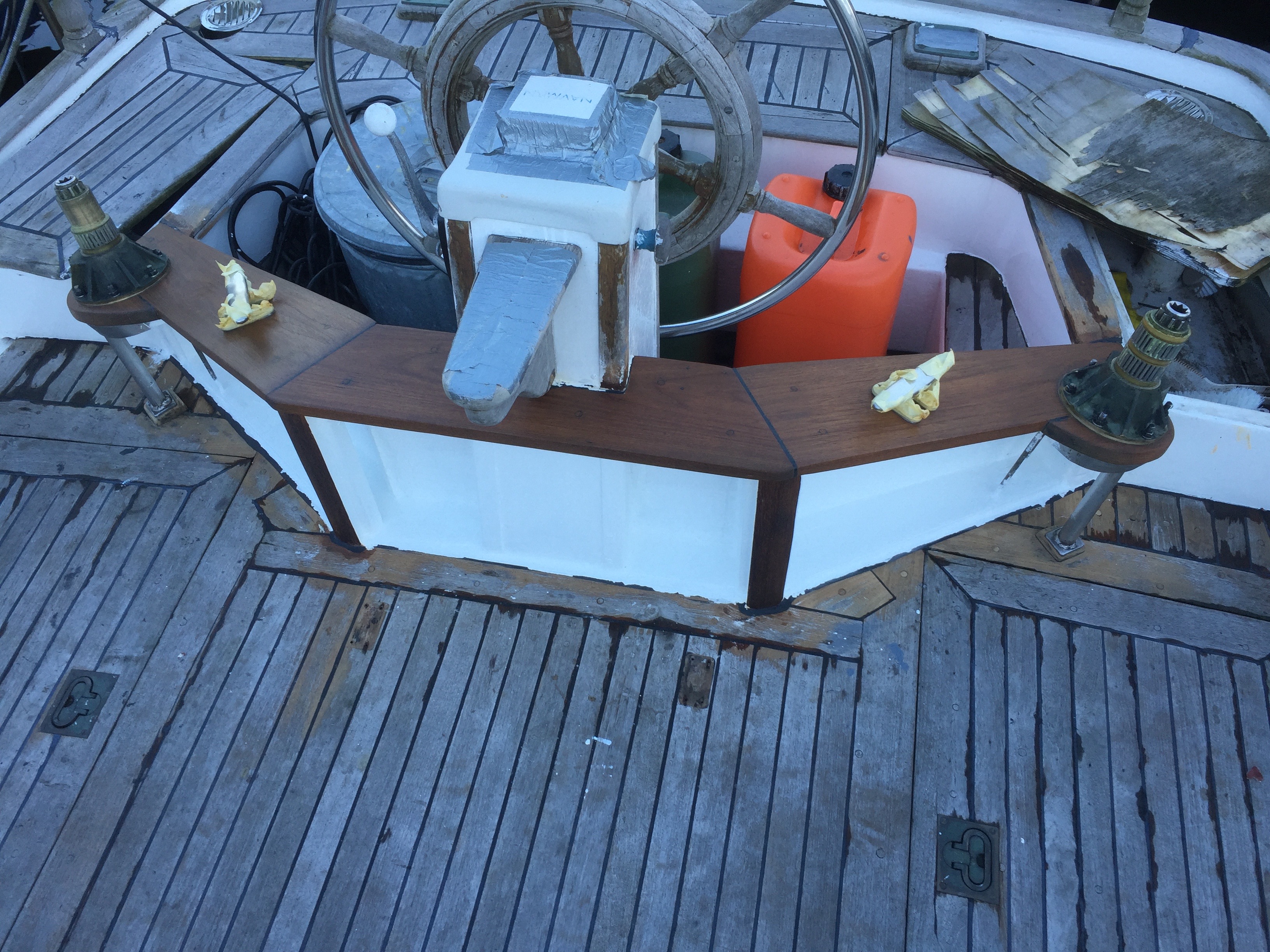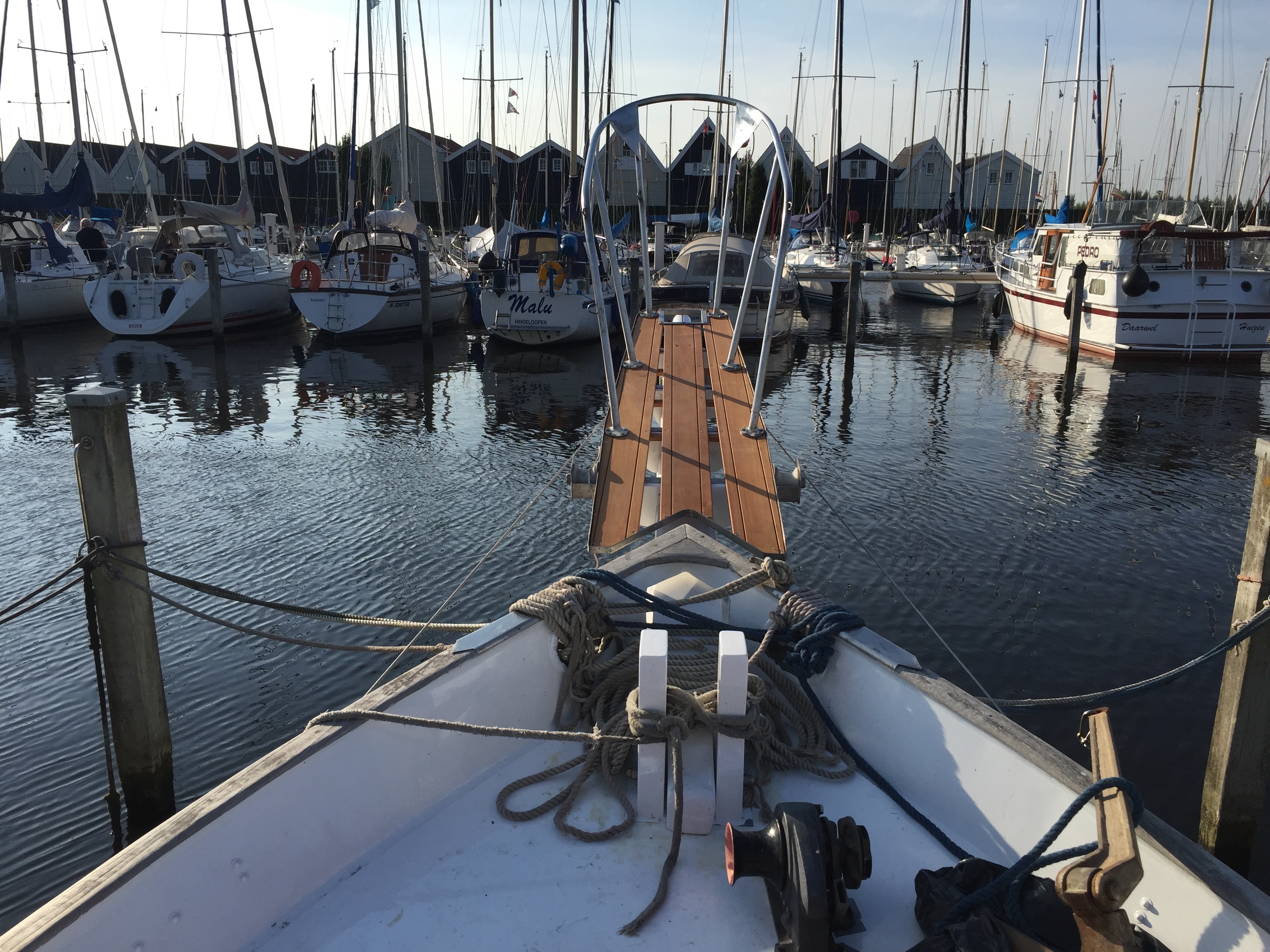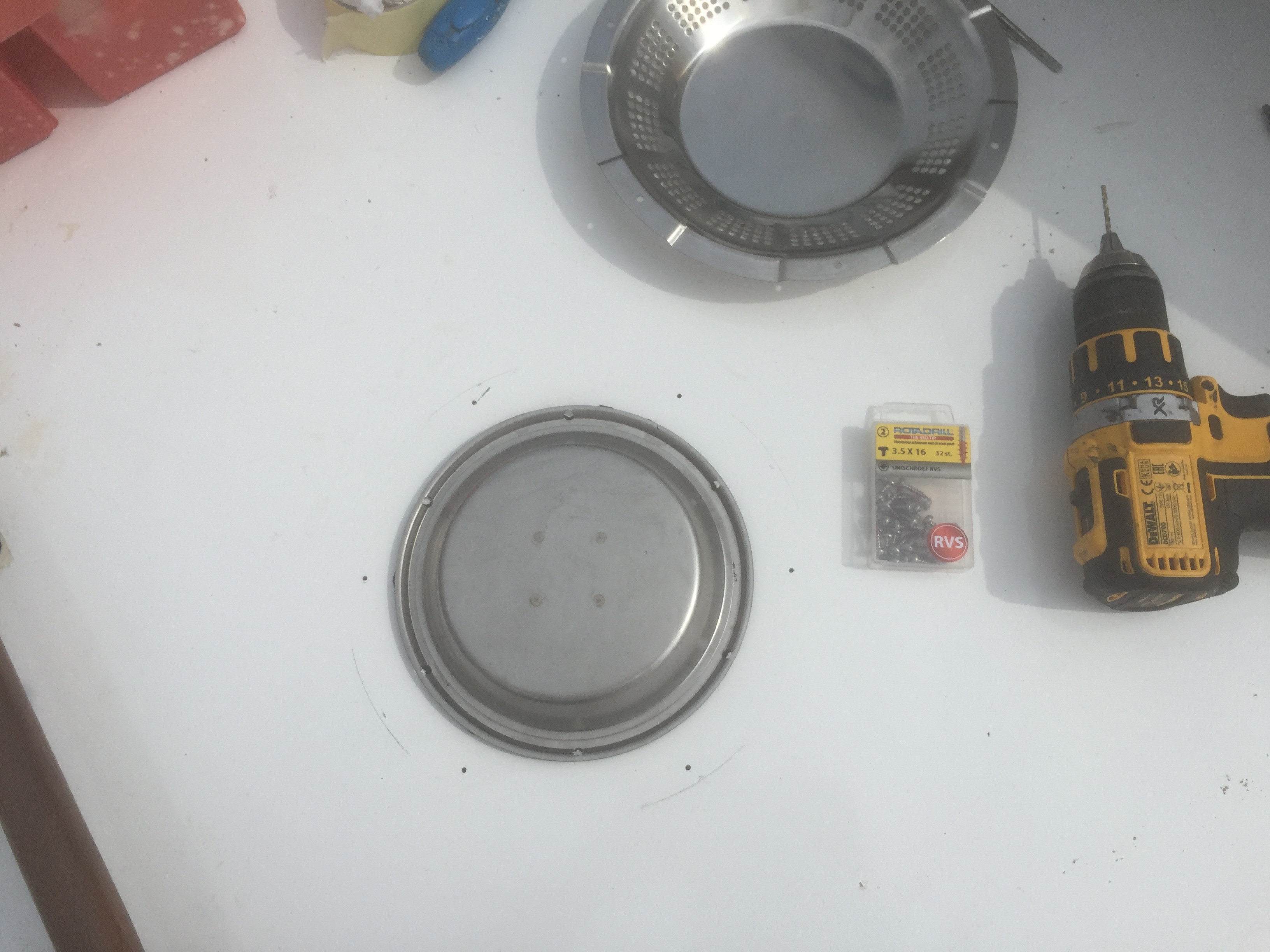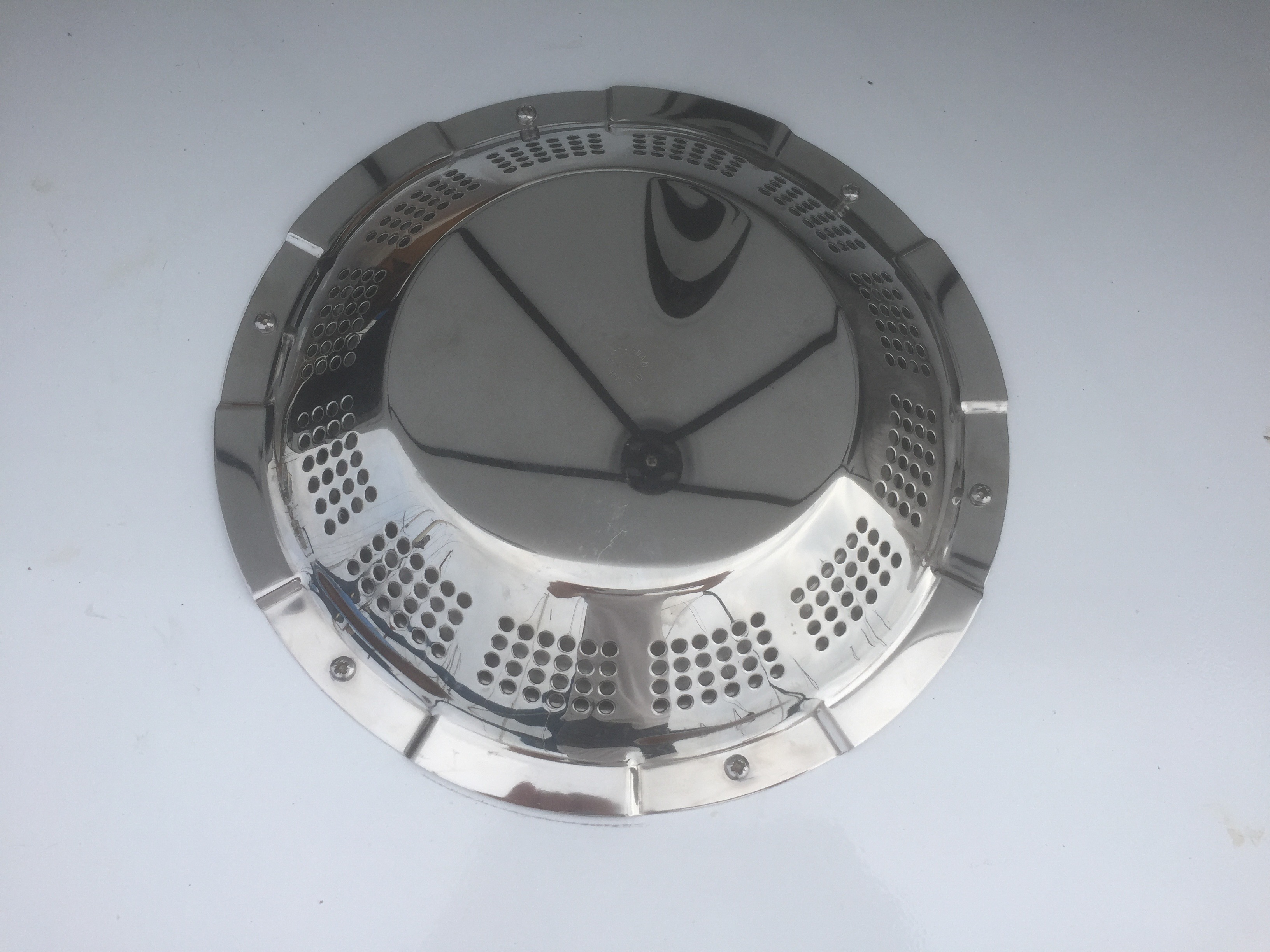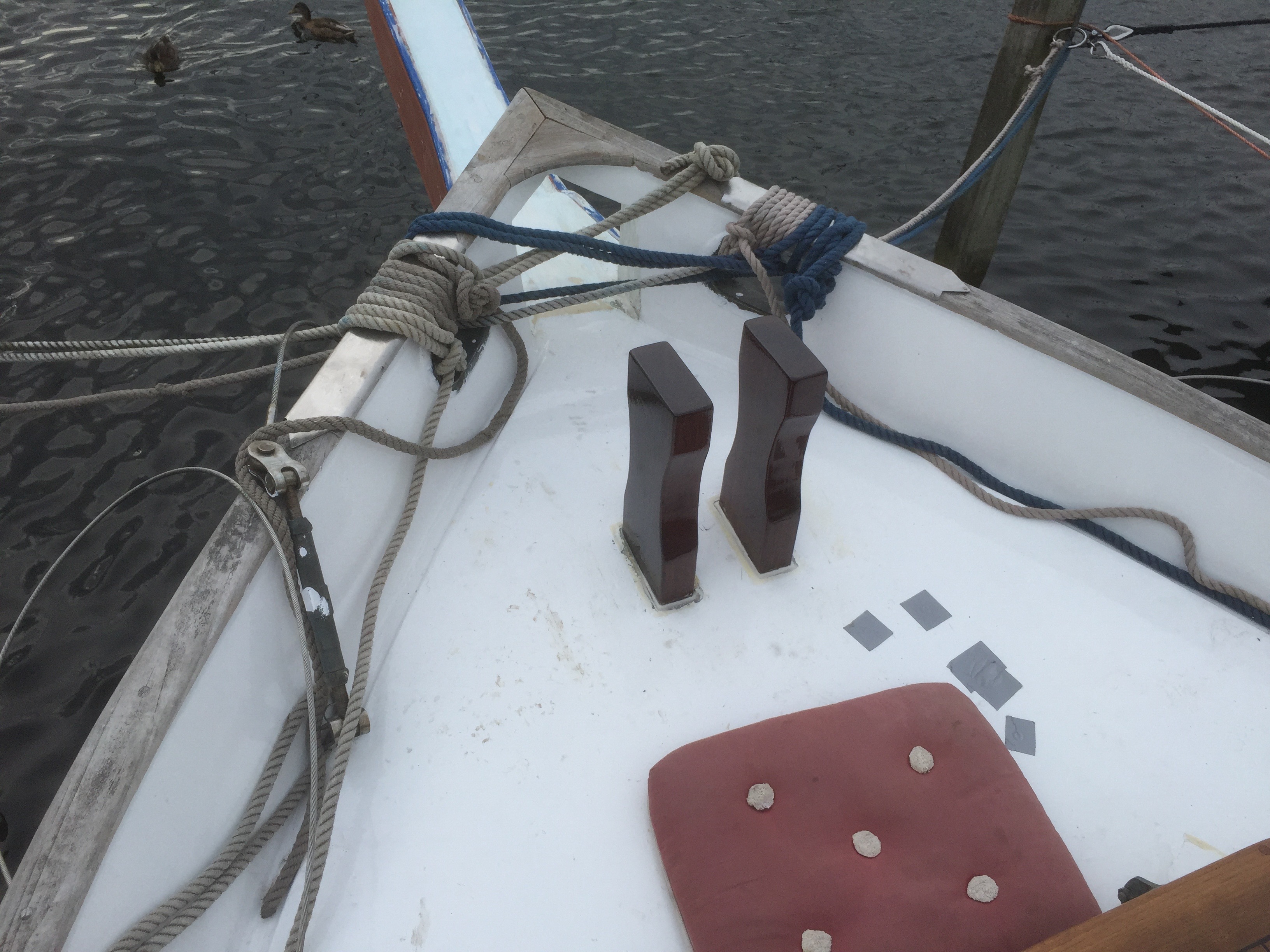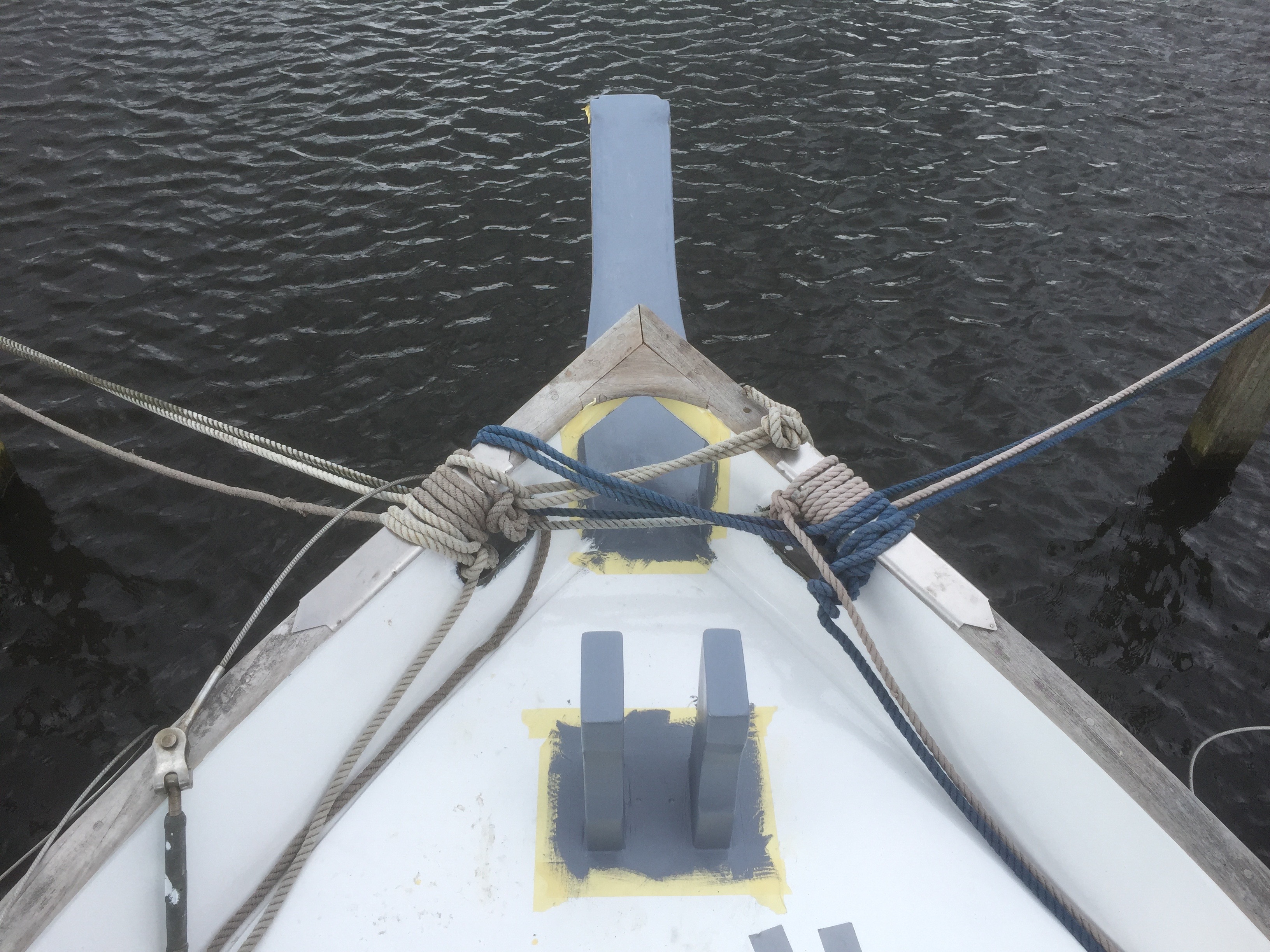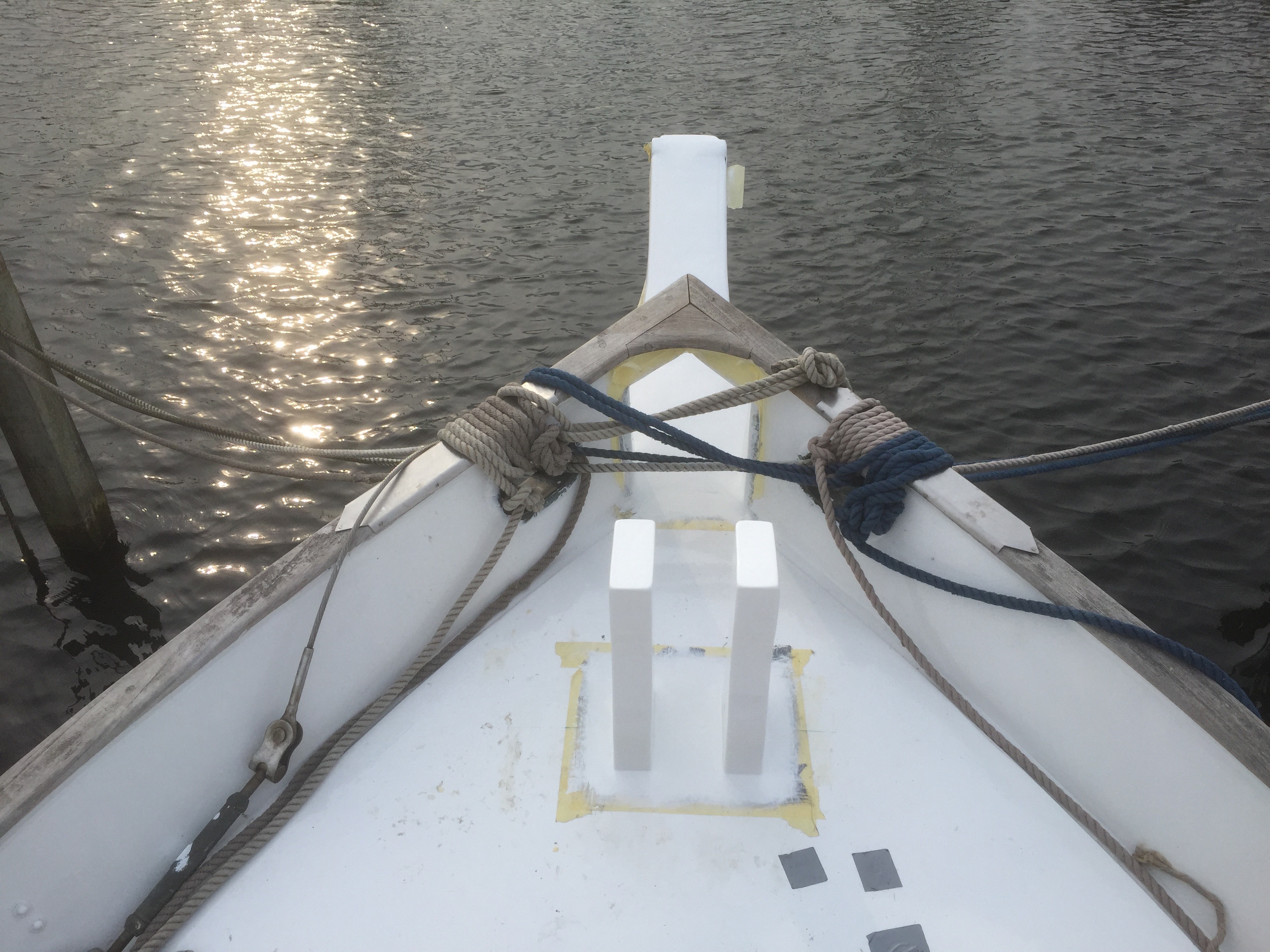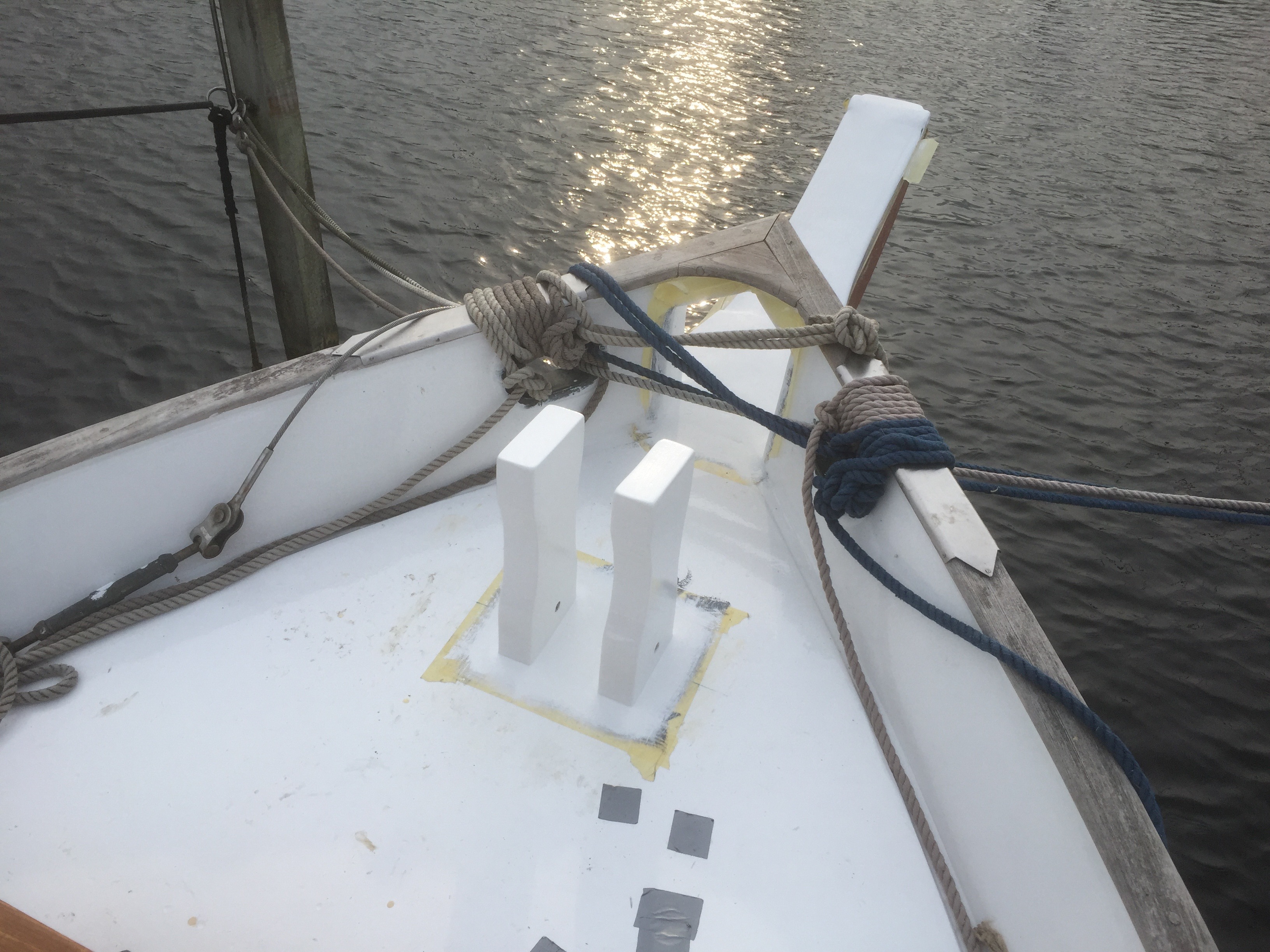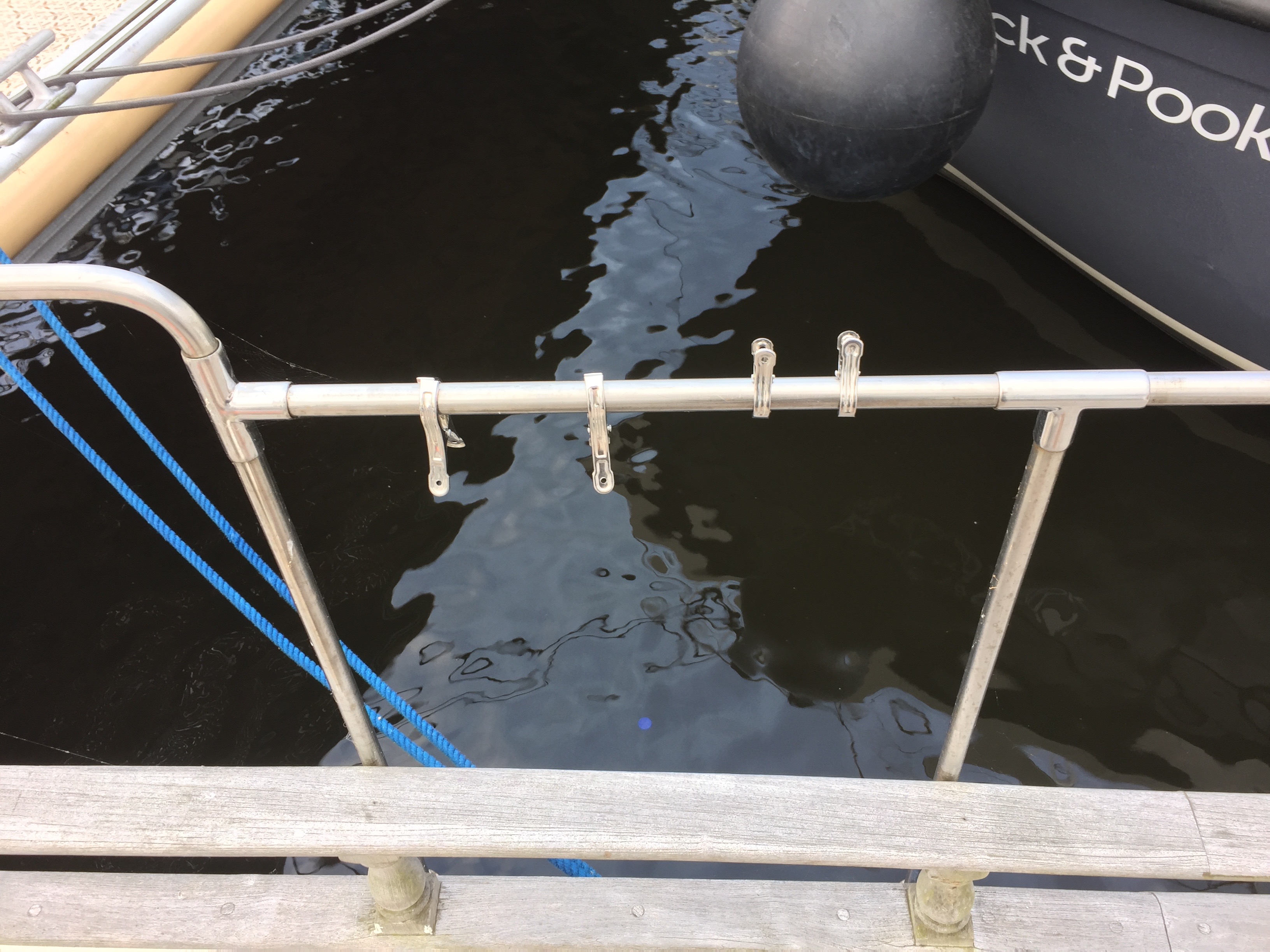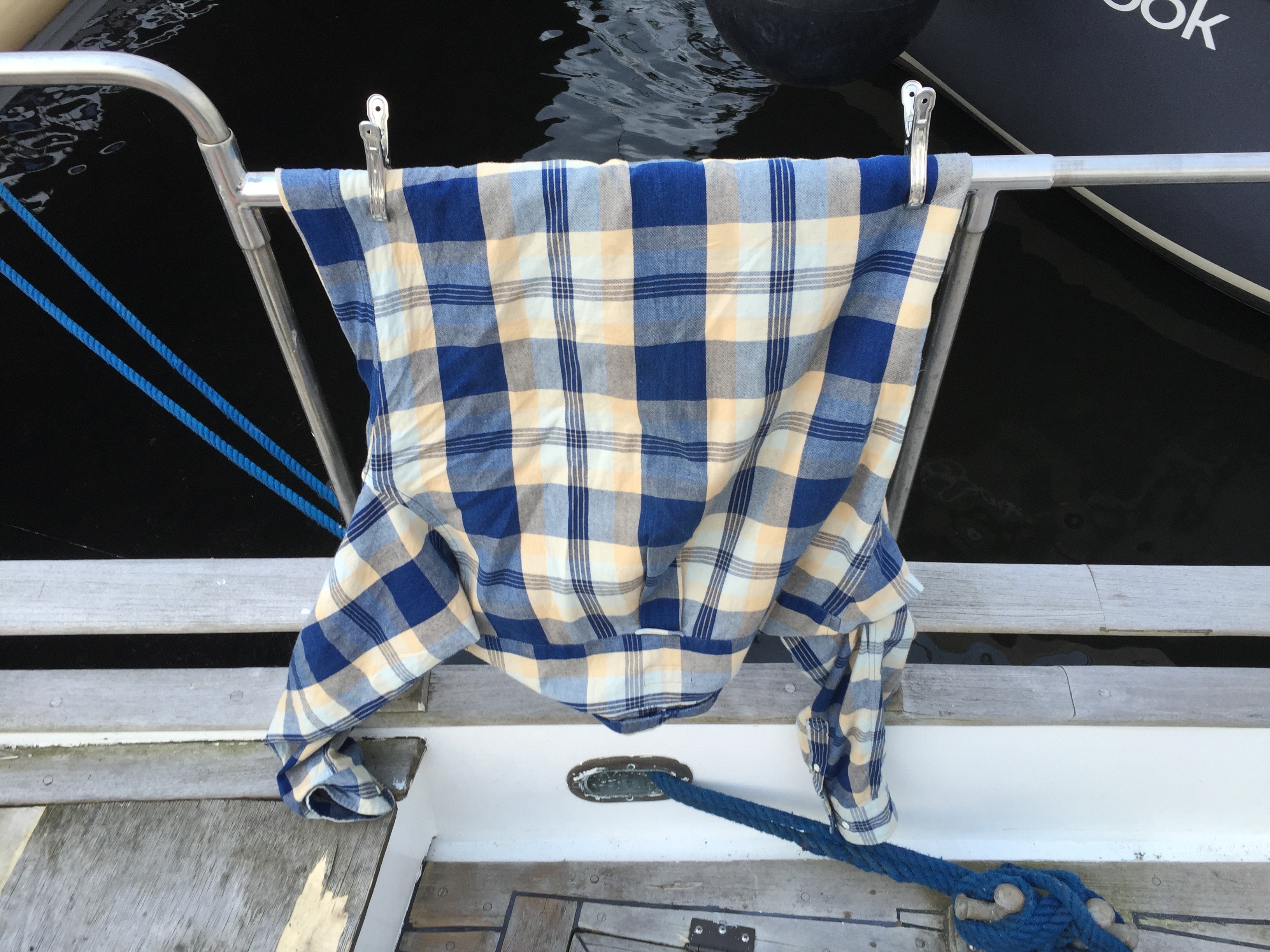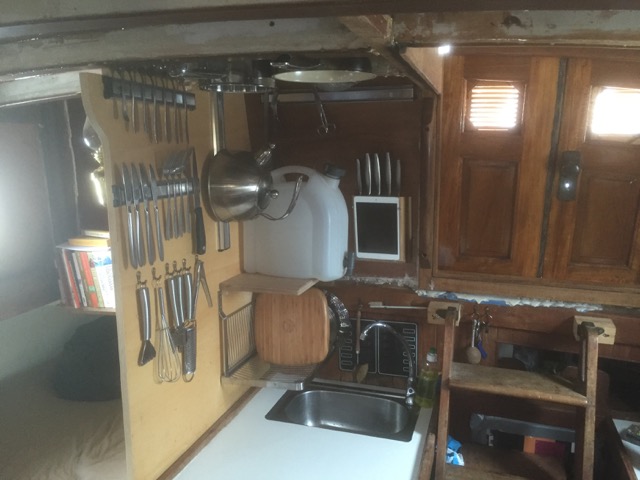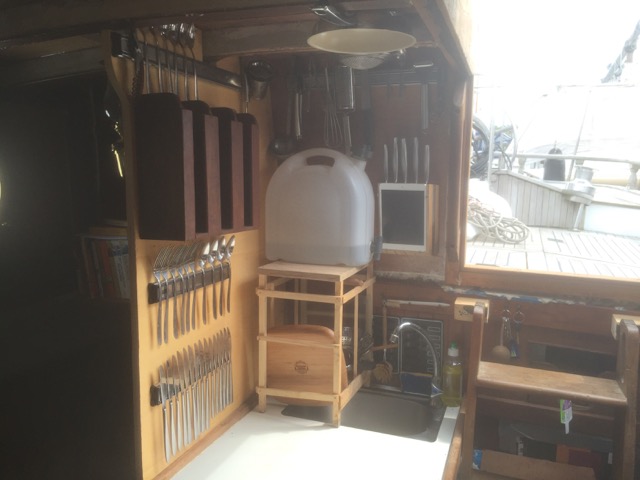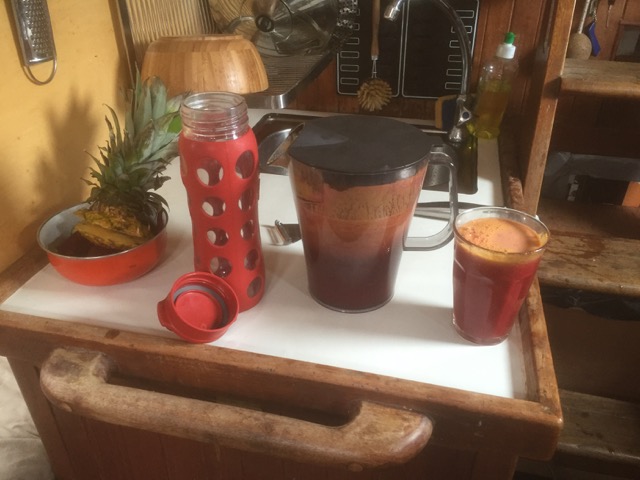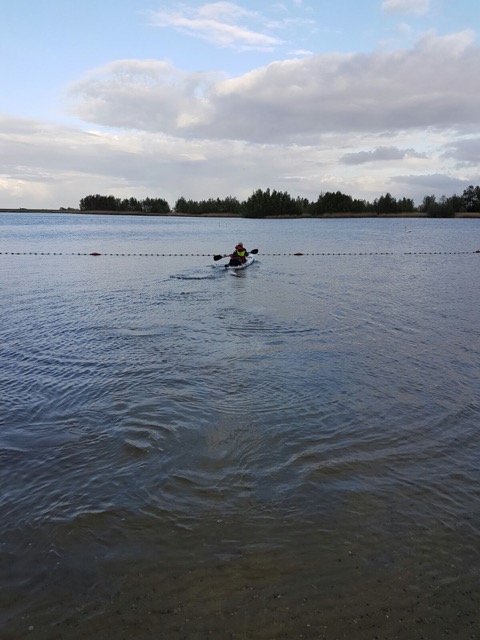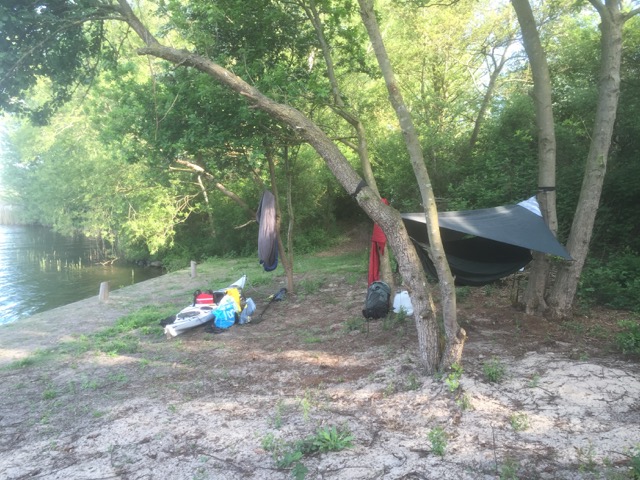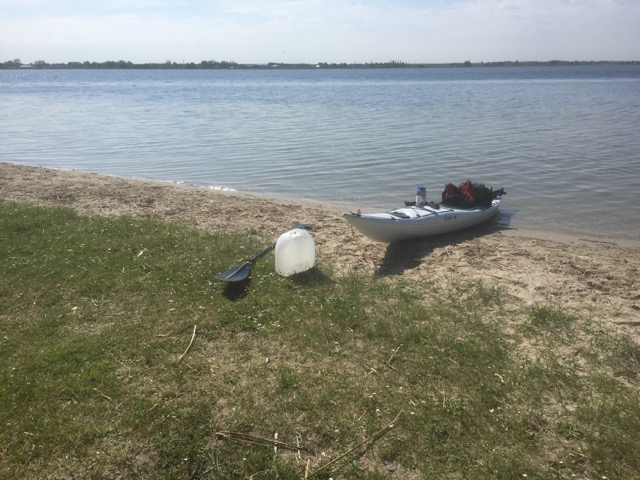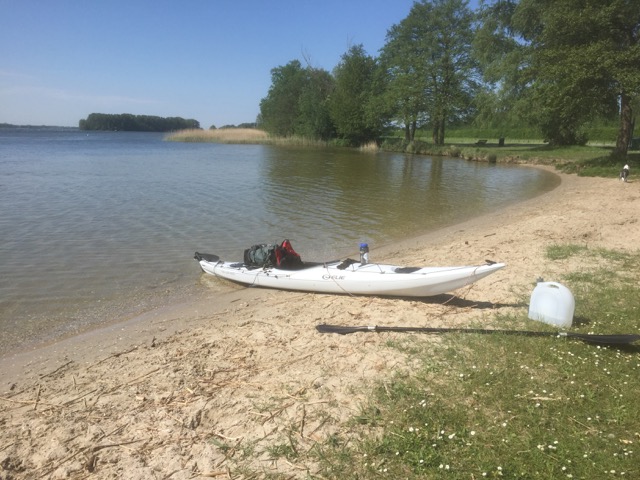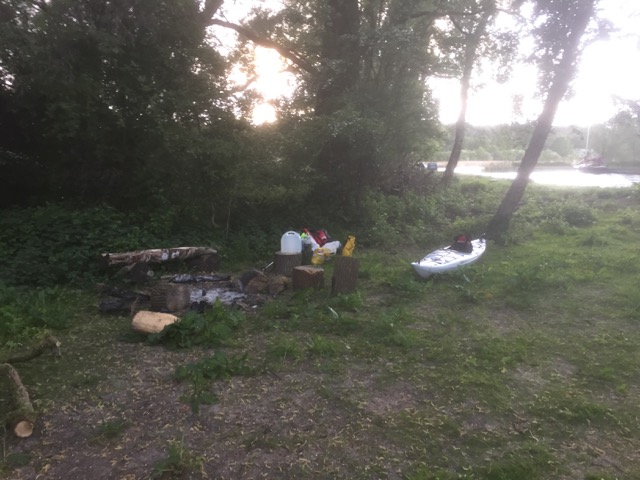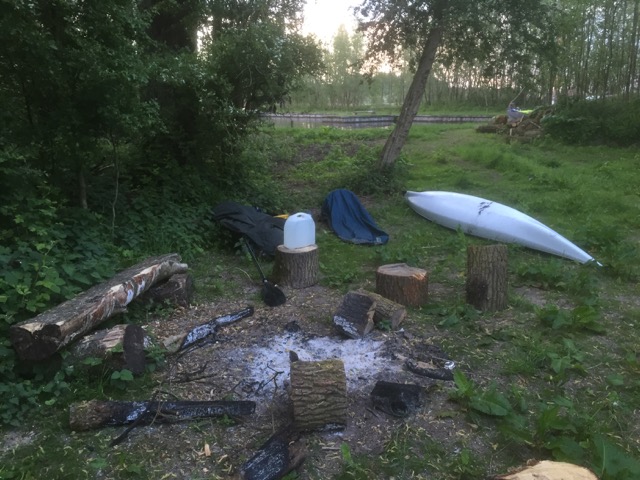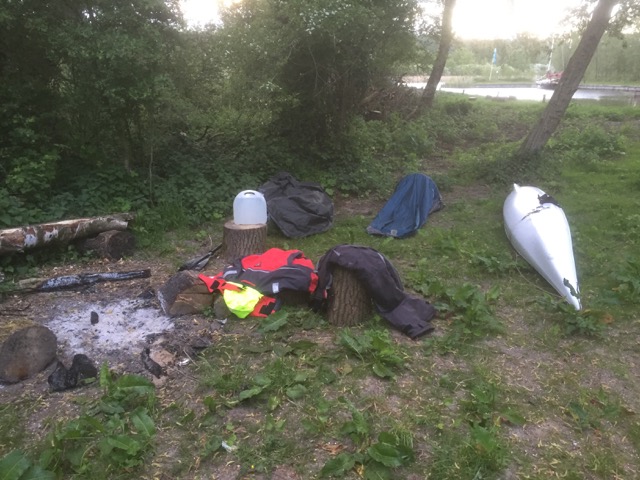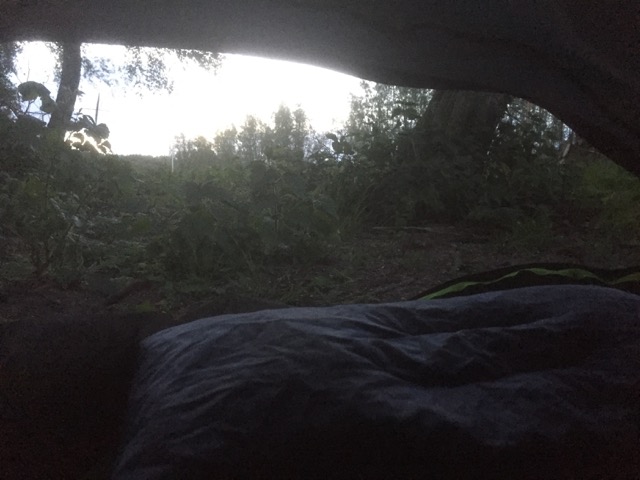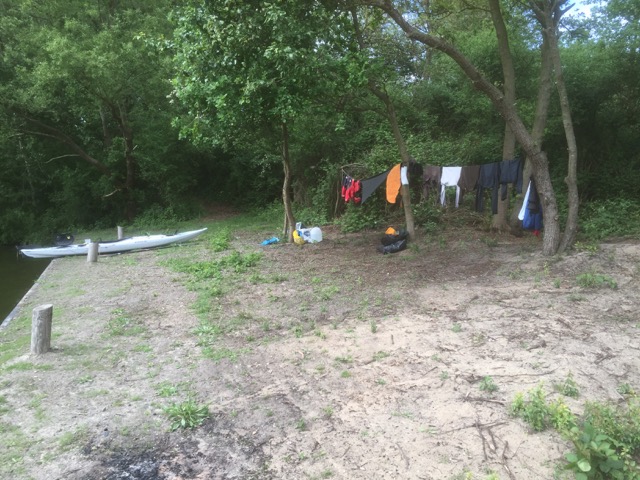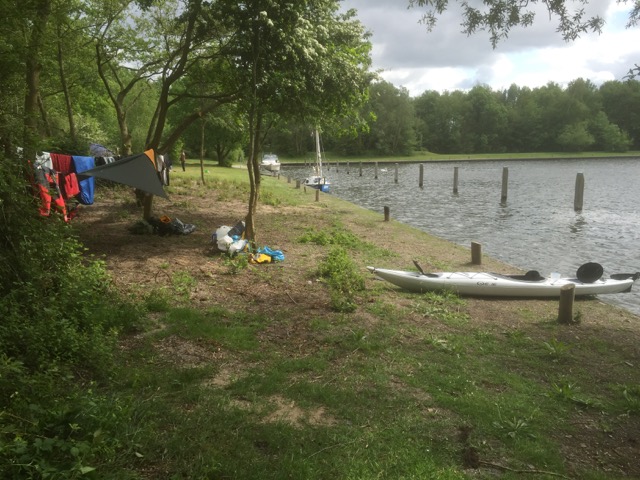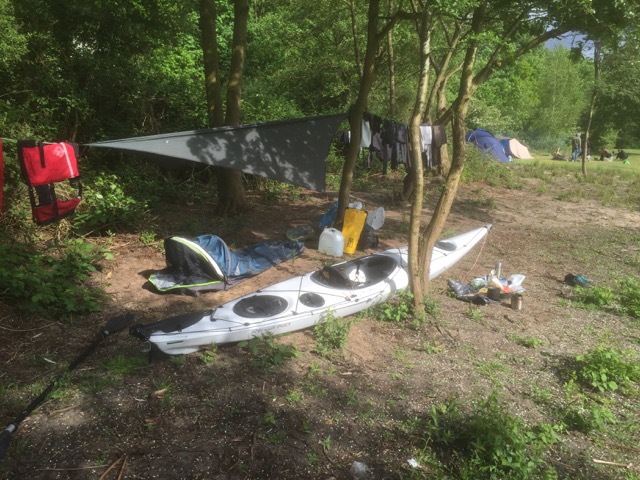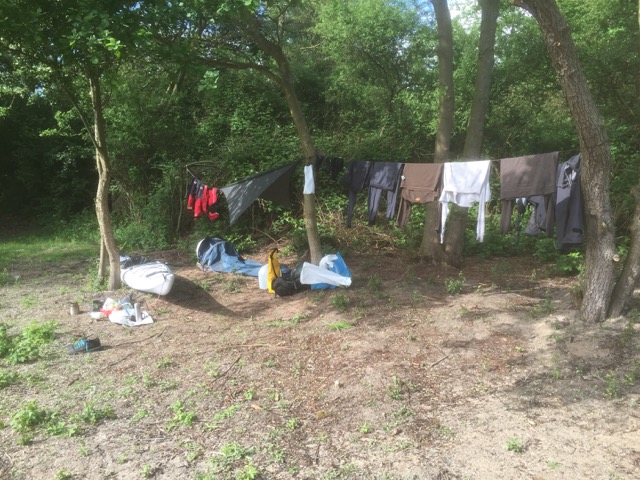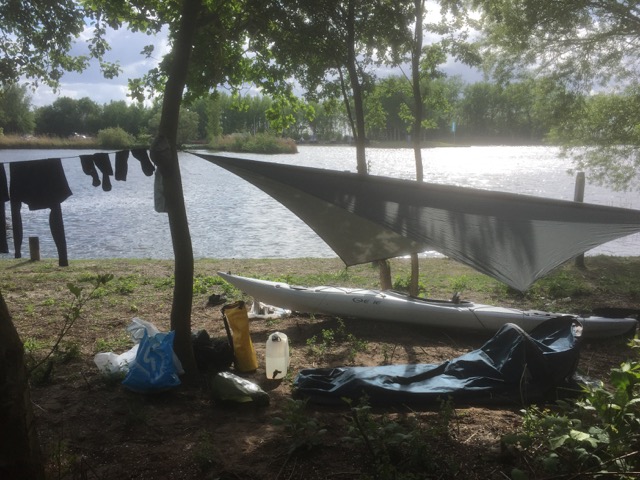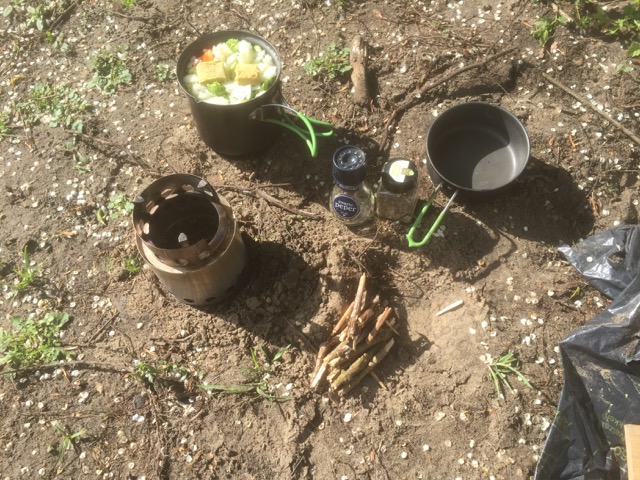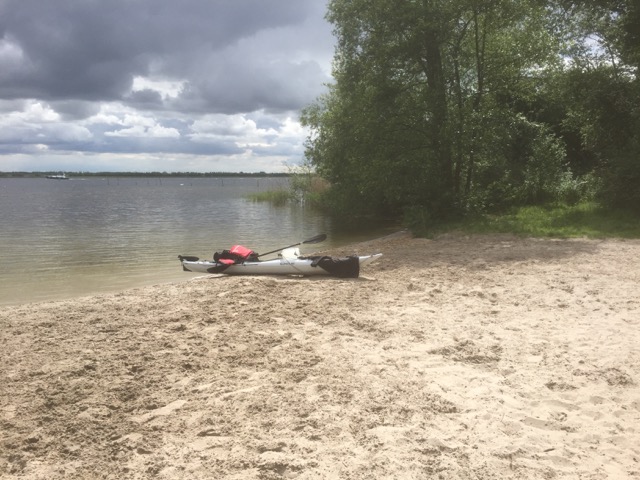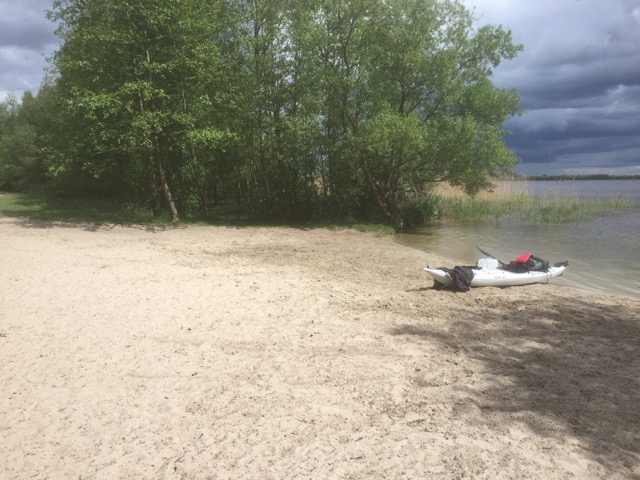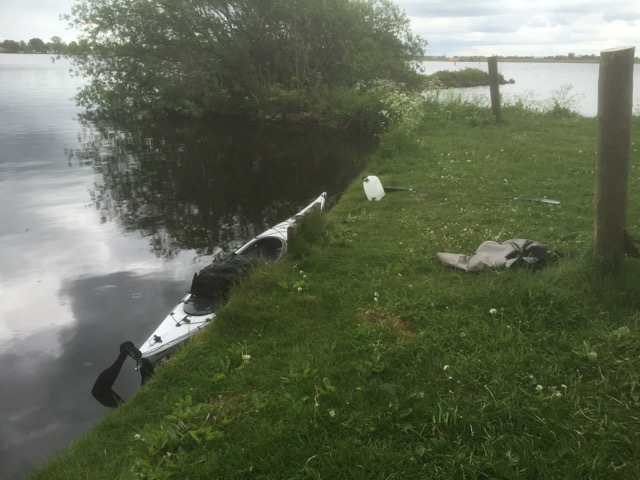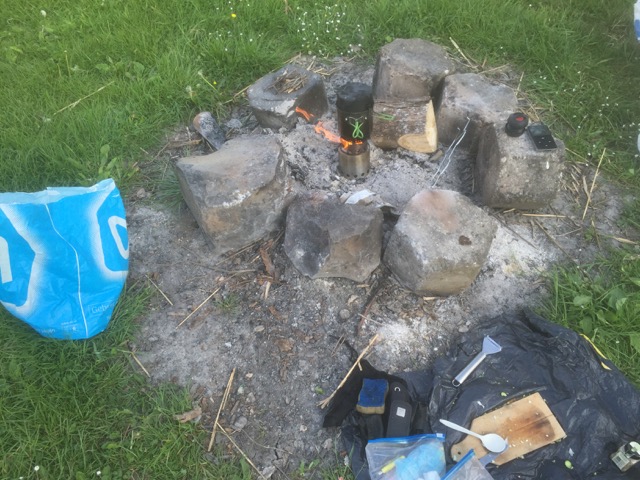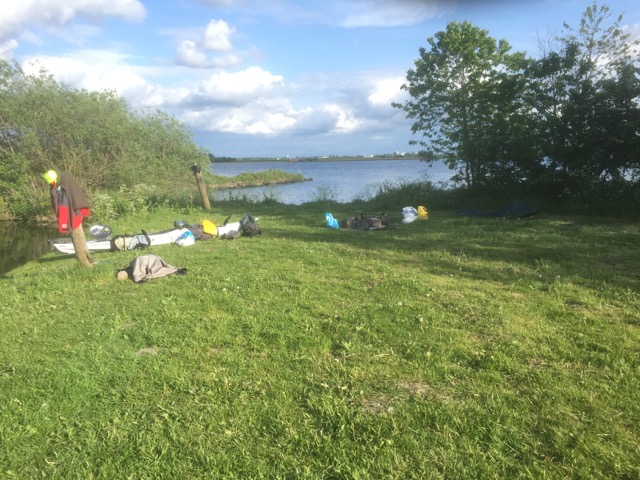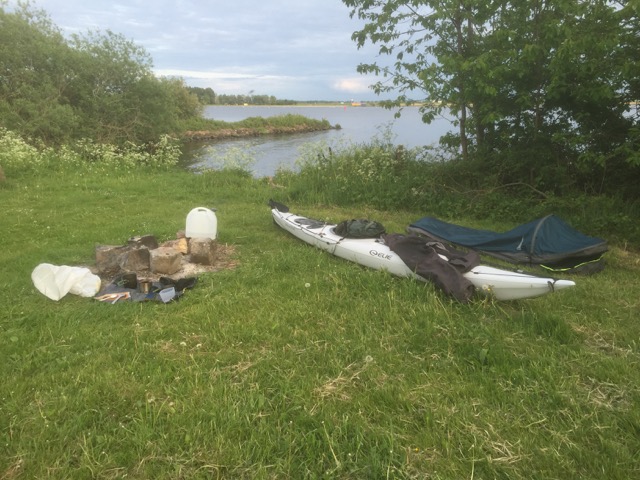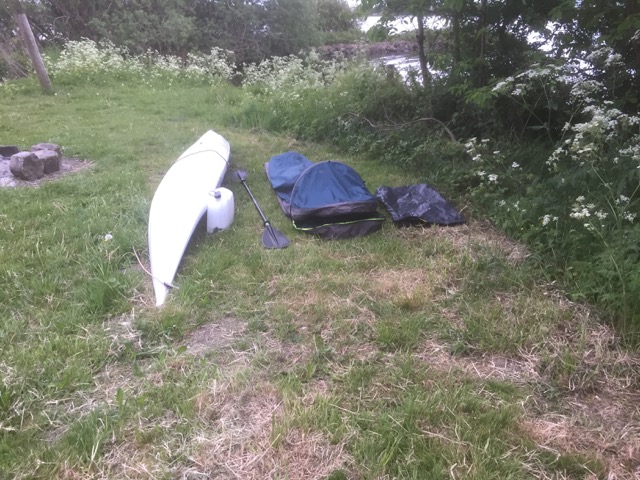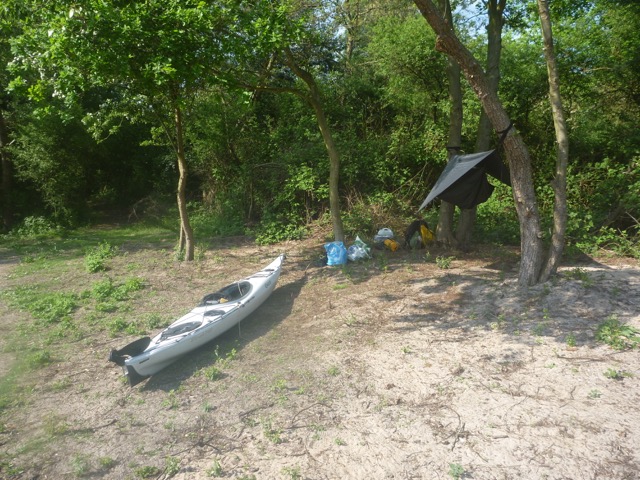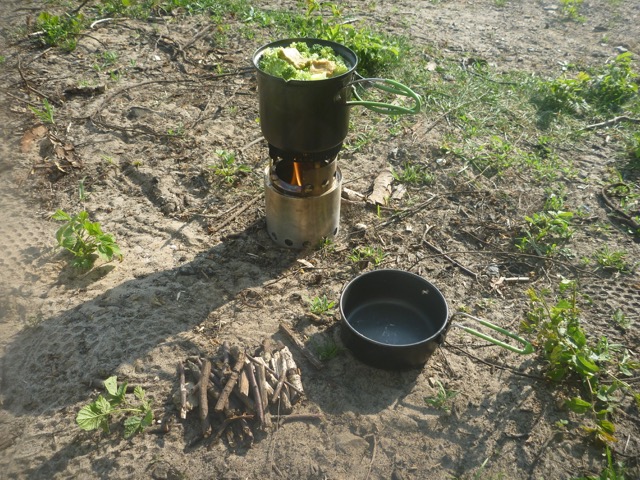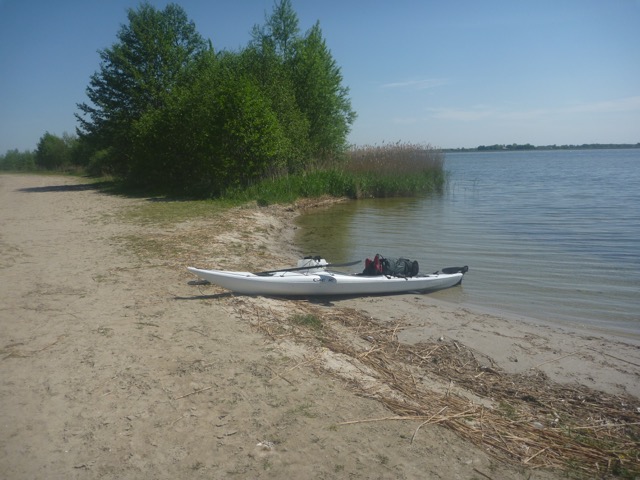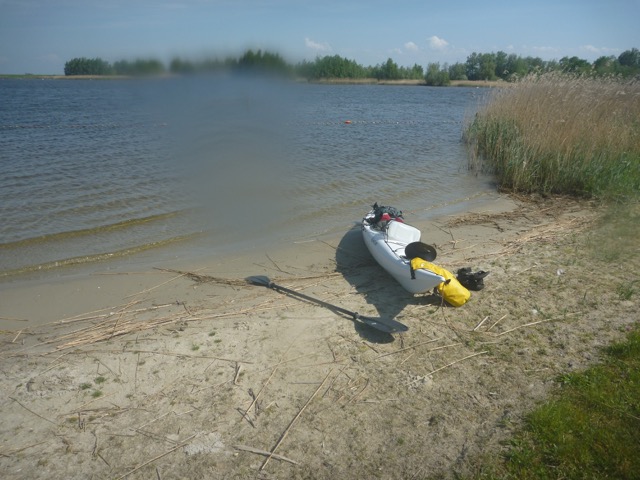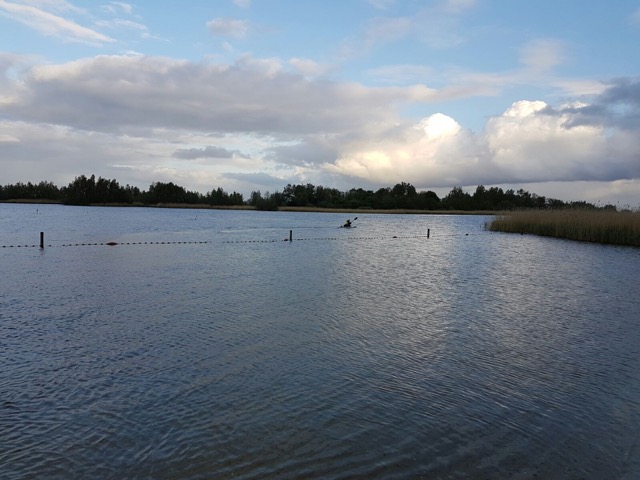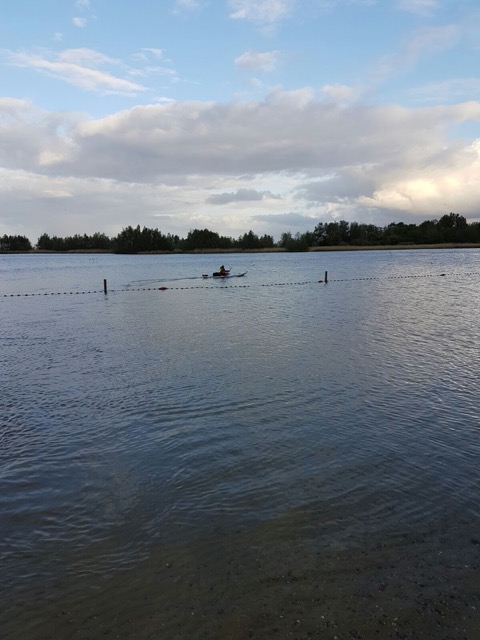While waiting for the necessary parts to be delivered to finish the motor revision I decided to start further restoration of the cockpit. For some time now it was apparent that rainwater was leaking from somewhere around the cockpit. I had an idea of where this leak might be, so got out the multitool, hammer and chisel and started hacking away. Lo and behold behind the first few layers of dry wood there was more than a full trash bag of rotten wood. There even was a puddle of water lying around there behind the wood, so it was definitely time for some restoration work.
After most of the rotten wood was removed and the rest of the wood was well and dry, it was time for some layers of epoxy, together with some new pieces of wood here and there. When everything was filled up and watertight the first layer of two component primer was applied, were after 4 more layers of two component white paint finished the job. Of course some caulk was also applied to make all the seams watertight.
After that the teak boards on top were sanded, cleaned and set in teak oil for a beautiful finish. As always the whole process took much more time than was expected, but the end result was satisfying none the less.
Finishing the main cabin and the bowsprit
Back in August some final touches to the bowsprit and the main cabin where done.
Mainly, the air vents where permanently placed on top of the cabin and some small paint touch ups.
The beams that supports the bowsprit also still needed some layers of paint before the bowsprit could go into position.
Plus, the walking boards that go on top of the bowsprit also needed to be replaced.
Many thanks to my dad for helping, because placing and mounting the bowsprit would have been impossible on my own.
When the bowsprit was in position we still had to drill an enormously long hole into the beams and bowsprit to fix it in position with a stainless steel bolt. Luckily my dad had the tools to get the job done. After that the stainless steel cables could be hooked up, to fix the bowsprit further into position. The last step was placing the walking boards including the guard rail onto the bowsprit and bolting the whole thing down.
A washing machine aboard the Seadog
A washing machine is a luxury item and thus not a “must have” onboard a sailing vessel.
Most people just take it for granted at home, but aboard it’s definitely not standard.
Despite that fact, to make life as easy as possible I decided that the Seadog could have one.
I already had the perfect spot figured out. Only problem was that it really needed to be an extremely small machine to fit it in there.
If I could get a machine with the right dimensions, then it should fit inside the bathroom, replacing the laundry basket.
Dirty laundry could then be put directly in the washing machine and when it’s time to wash, just add detergent and startup the machine.
Well, after some research I found the perfect fit. This machine does it all. It washes, it dries the cloths, has multiple programs, and has the door on top of the machine. Only 180 euro,- and exactly what I needed.
The bathroom did need some minor remodelling and a sturdy wooden frame to support the machine, but in one day after receiving the machine it was ready to spin.
Drying your cloths aboard a boat can be petty tricky because of the fact that if they drop they might fall into the water, sink, and drown.
So I also ordered some special stainless steel clothes pins that are perfect to hang cloths on the guard rail of a boat. Check out all the photo’s below.
The galley (kitchen) – maybe the most importend part of ship
The two most important things aboard a ship (especially if one lives aboard) is the galley and the sleeping area. The sleeping ares should be as comfortable as possible and of course always stay dry and free from molt etc. which by itself can be quite a challenge aboard a ship, but more on that subject in an other post.
The galley needs to be a well-organized area where all necessities are close at hand. It should be easy to keep clean and have plenty of storage for fresh food and kitchen supplies.
One thing I’m particularly fond of in my galley are the magnet strips on which I hang all the forks, knifes, spoons etc.. But recently I also found an other use for them. When one mounts those strips to the ceiling of the cabin, then you are able to hang pans and the like to the ceiling!
Of course this safes space, but also has two other benefits. For one, the pans are easily accessible and two they stay in their place instead of bouncing around when under sail.
There is one prerequisite though. This trick only work for pans that have been made to work with induction cook plates. Those pans have a special kind of thick bottom plate that sticks to these magnet strips like glue.
Another new addition to the galley abroad the Seadog is a new drainer rack for the dishes. I did already build one a few years ago from wood, but never really finished up on that project and did’t varnish the wood. Bad mistake, because with all that water splashing around in the galley that rack soon began to get infected with all sorts of molt. So I decided the new rack should be made from stainless steel. After some searching on the internet for the correct measurements that I needed I ended up ordering a small, quite cheap stainless steel rack from IKEA. It was not a perfect fit at first, so I did have to use the angle grinder here and there and drill some hole in the rack to hang the thing onto the galley wall, but all in all, the end result is near to perfect.
The beauty about this solution is besides the fact that the molt infection problem has been solved, this drainer rack also has two new functions that it did’t have before. Namely it can now also support smaller kitchen items (because of the stainless steel bars) and it has the ability to be folded onto the galley wall when not in use. Sublime!
Also one more new item that was added to the galley this month. A new juicer! Very happy with this (rather big) guy. I use it almost every day now. I already had a slow juicer aboard, but it was a real pain to clean that thing. So I decided to buy myself the most easily cleanable juicer on the market and found it in the Philips Juicer HR1871. My god, what a wonderful machine. You can also just through about anything you want in there. Hole apples, or pineapple (with skin and all), carrots, zucchini, hole beetroot, everything. And indeed very easy to clean. So now my breakfast usually consists of two plates full of beautiful fruits and vegetables. Pure heaven!
Kayak trip to Elburg (NL)
Every year in the weekend of Pentecost (White Sunday) our family has the tradition to go camping near Elburg (NL). After being incredibly busy with preparing the Seadog so that the tarp could be removed, plus moving all my belongings aboard (most of which where still stored at my parents house and in their shed) now I finally had some time to relax.
One of the items that is now aboard the Seadog is the kayak. I had purchased this kayak about two years ago, but had only used it ones, or twice and after that is was stored behind the shed. This thing was to big to store aboard back then, because much of the restoration work still needed to be done. But now that most of the outer work is finished the kayak can be stored on top of the cabin.
This makes it very easy to just grab the kayak and go peddling whenever I feel like it. And that is exactly what I did a few days before the Pentecost weekend. It was such a nice feeling to be on the water again and peddling in a kayak, that I decided I could just go peddling to Elburg for the upcoming Pentecost weekend. So I made some preparations and scheduled the time to do it. I calculated it would take about 3 days peddling to get there, and 3 days to return, plus the 1-2 days to stay and recover from the journey.
After scheduling some free days from work and preparing the gear I was ready to start the journey on the 11e of May. It was extremely good weather for the first 3 days and I only had to wear swimming trousers, although it was kind of tough to pedal against the wind. And for some reason I had headwind almost every day.
The journey back I did had some rain showers and very low temperatures (especially at night), but even with the bad weather it was still a lot of fun. It really felt like being one with the elements and nature and I will definitely be doing this more often. And when I leave the Netherlands to sail around the world, this kayak is definitely going along.
